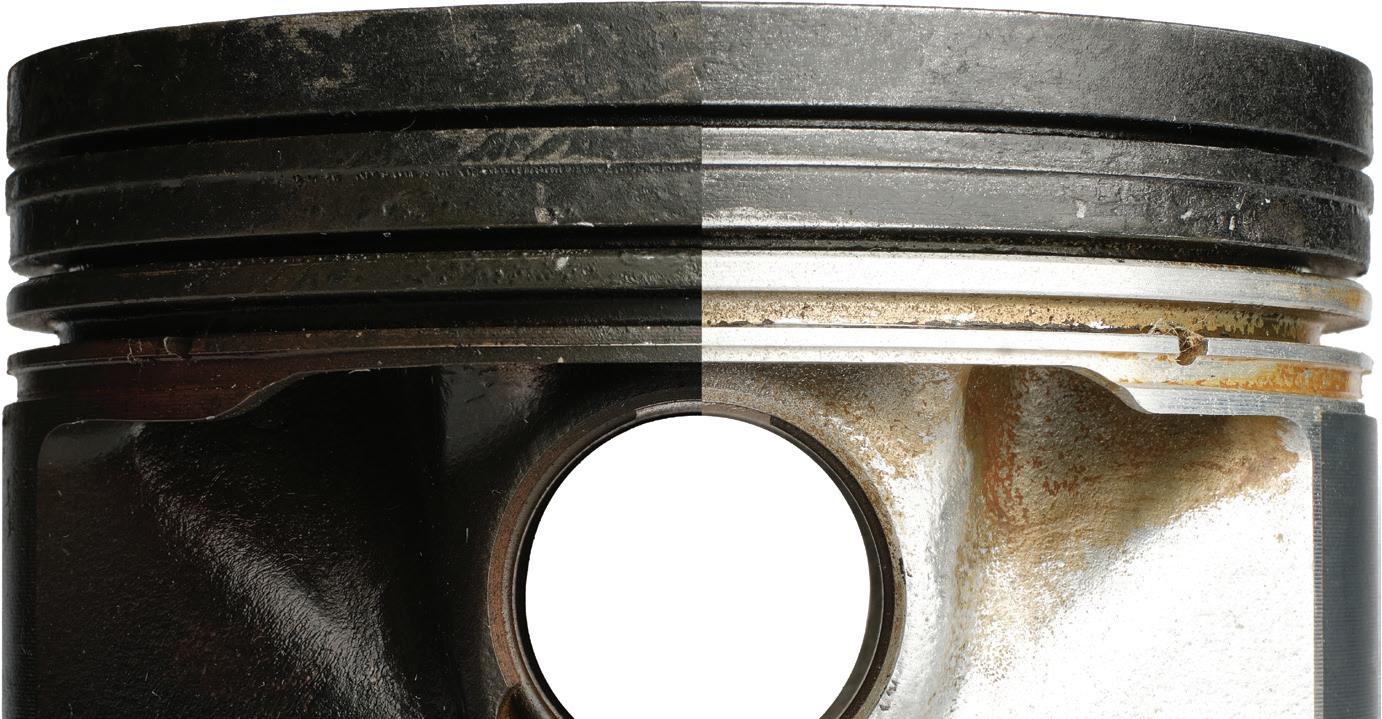






Basic people skills and sophisticated KPIs go hand-in-hand for successful quick lube operations PAGE 16









Basic people skills and sophisticated KPIs go hand-in-hand for successful quick lube operations PAGE 16

SMALL-SCALE
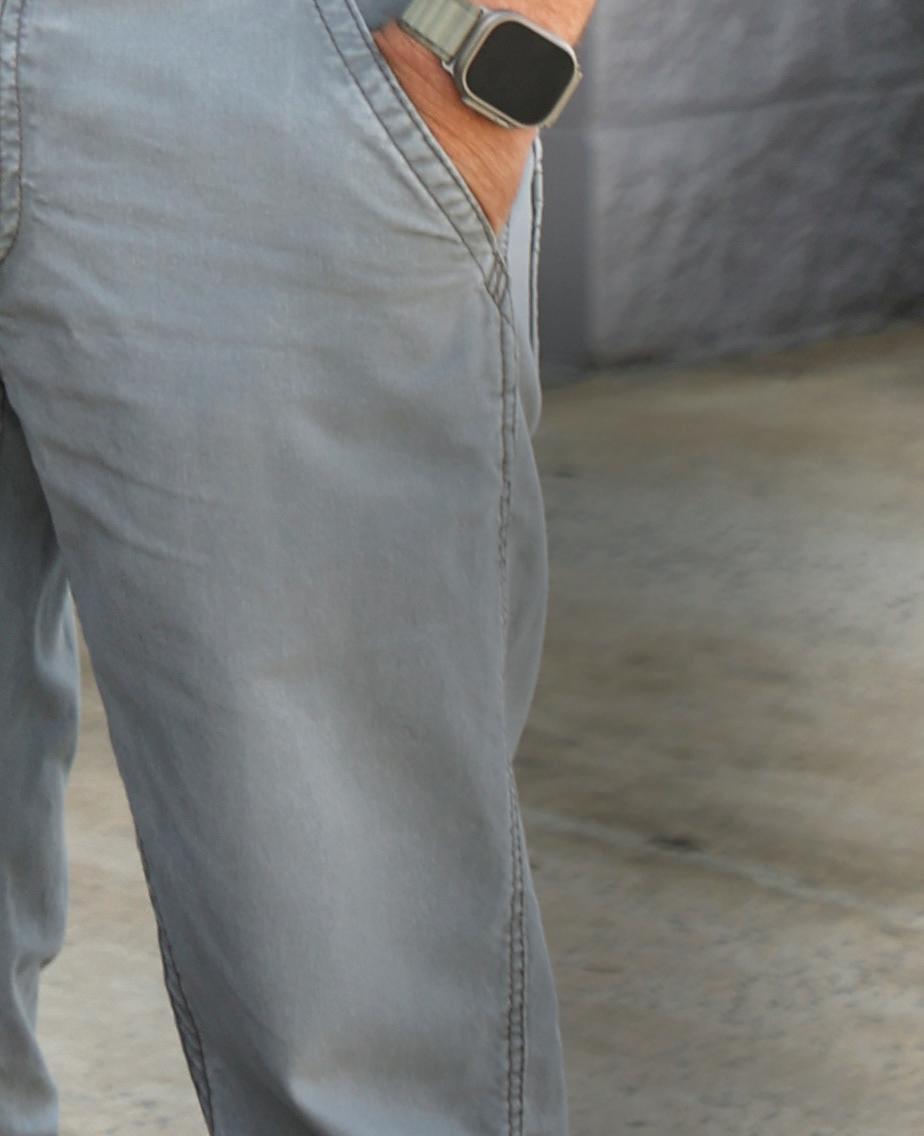
RIDING LONG-TERM SUCCESS PAGE 27 BE READY TO RESPOND TO NEGATIVE REVIEWS





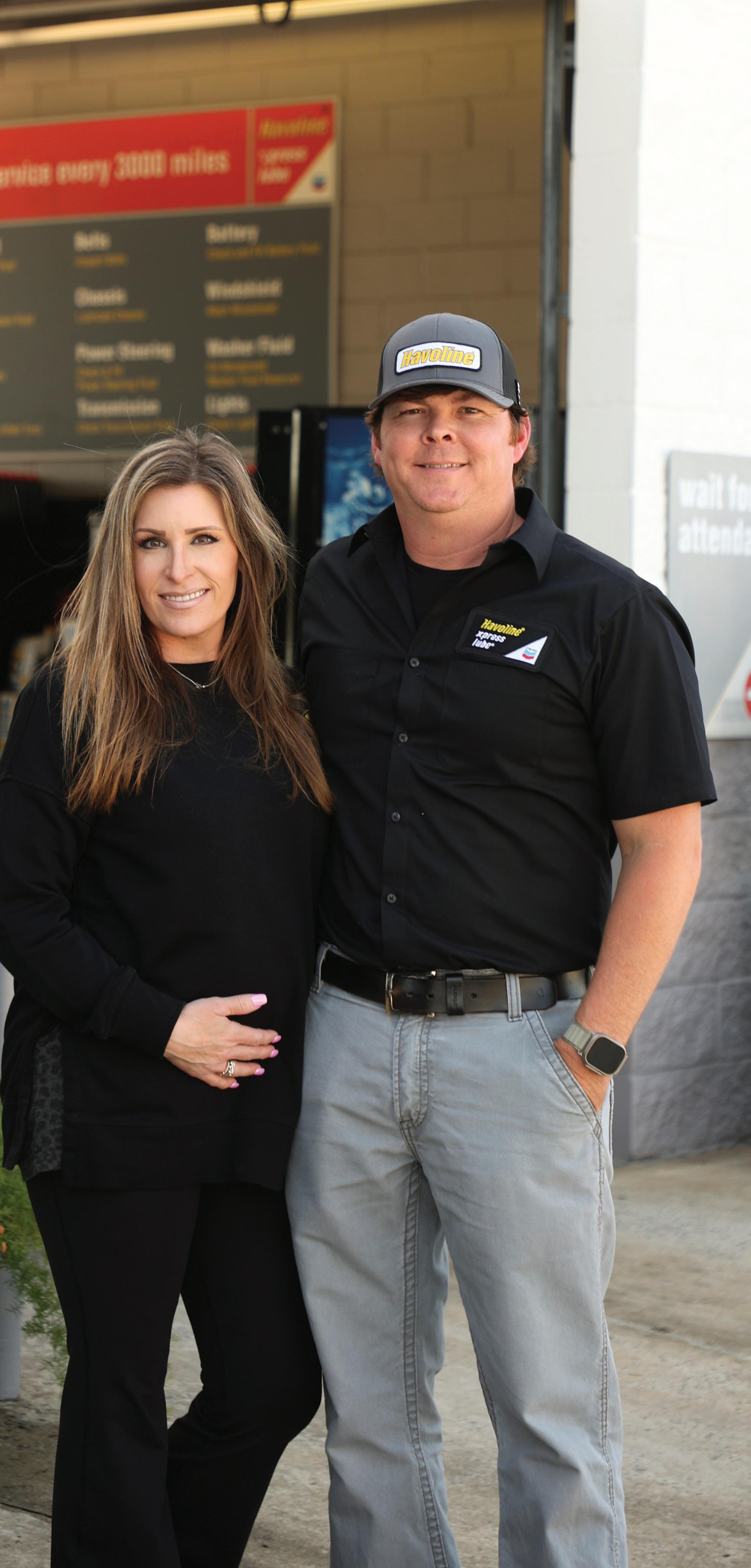























































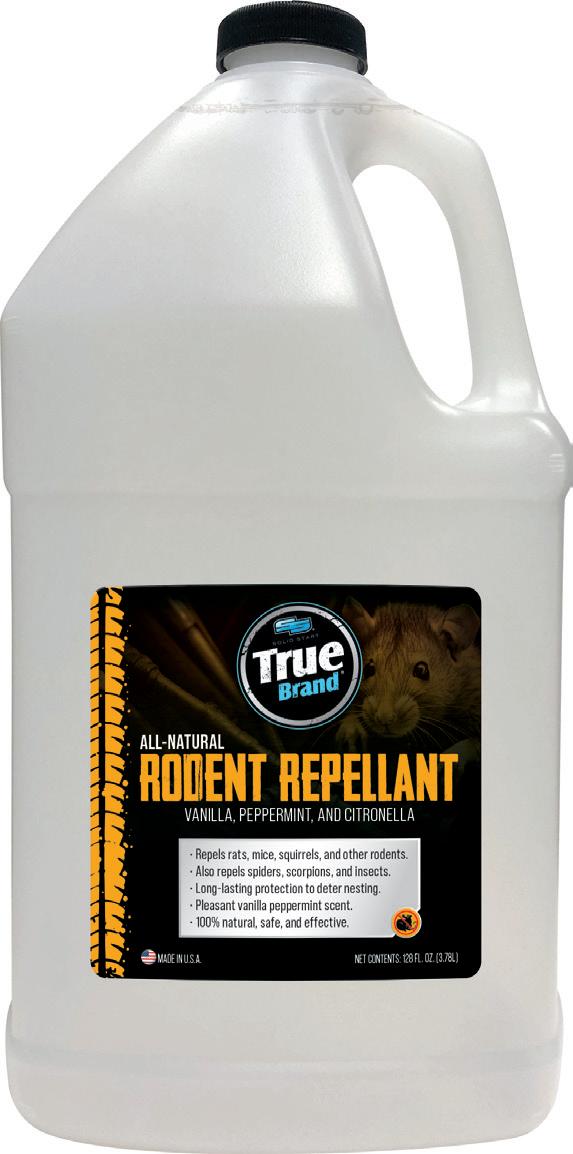









EDITORIAL DIRECTOR Chris Jones
EDITOR Tom Valentino
ASSISTANT EDITOR Kacey Frederick
SPECIAL PROJECTS EDITOR Emily Kline
CONTRIBUTING WRITERS
Adam Tatum, Scott Hempy, Carol Badaracco Padgett, Peter Suciu, Enid Burns
Adam Tatum, DIRECTOR OF OPERATIONS, VIRGINIA GROUP Joanna Johnson, PRESIDENT, JOHNSON POLICY ASSOCIATES
Scott Hempy, CEO, OILSTOP DRIVE-THRU OIL CHANGE AND HAPPY’S DRIVE-THRU CAR WASH
Aleisha Hendricks, OWNER/OPERATOR, GREASE MONKEY QUICK LUBE AND MONKEY SHINE CAR WASH
Shawn Gilfillan, OWNER, AUTOMOTIVE MAGIC AND MAGIC LUBE & RUBBER
PUBLISHER Greg Smith gsmith@endeavorb2b.com
ASSOCIATE PUBLISHER Andrew Johnson ajohnson@endeavorb2b.com
ASSOCIATE SALES DIRECTOR Mattie Gorman-Greuel mgorman@endeavorb2b.com
DIRECTOR OF BUSINESS DEVELOPMENT Cortni Jones cjones@endeavorb2b.com
ACCOUNT EXECUTIVES
Diane Braden dbraden@endeavorb2b.com
Marianne Dyal mdyal@endeavorb2b.com
Chad Hjellming chjellming@endeavorb2b.com
Lisa Mend lmend@endeavorb2b.com
Annette Planey aplaney@endeavorb2b.com




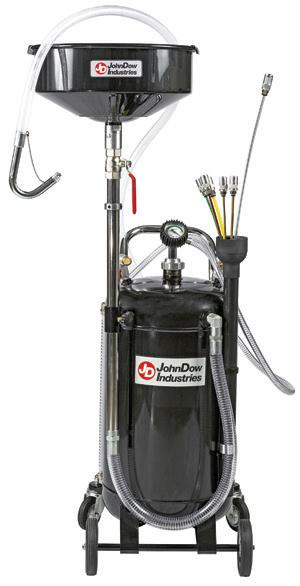







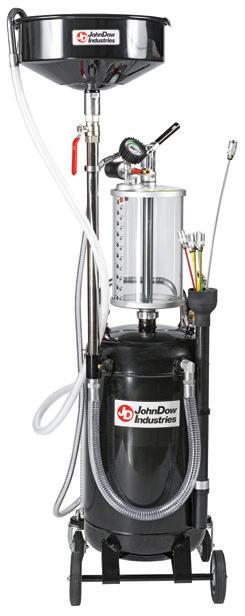
Kyle Shaw kshaw@endeavorb2b.com
Sean Thornton sthornton@endeavorb2b.com

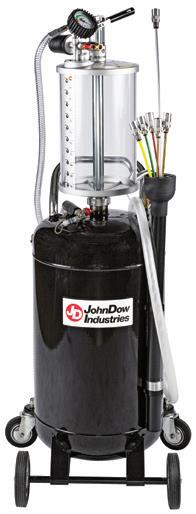


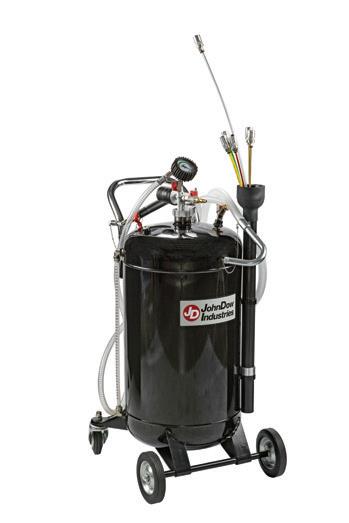


ART DIRECTOR Erin Brown
PRODUCTION MANAGER Mariah Straub

AD SERVICES MANAGER Jen George

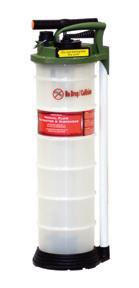

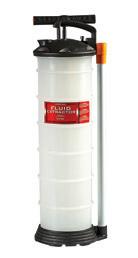



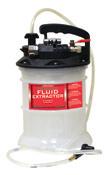


CEO Chris Ferrell
COO Patrick Rains
CRO Paul Andrews
CDO Jacquie Niemiec
CALO Tracy Kane
CMO Amanda Landsaw
EVP ENDEAVOR BUSINESS INTELLIGENCE Paul Mattioli
EVP TRANSPORTATION Kylie Hirko
VICE PRESIDENT–VEHICLE REPAIR GROUP Chris Messer
LETTERS TO THE EDITOR
Send letters to news@noln.net
Business Media does not accept responsibility for advertising content.
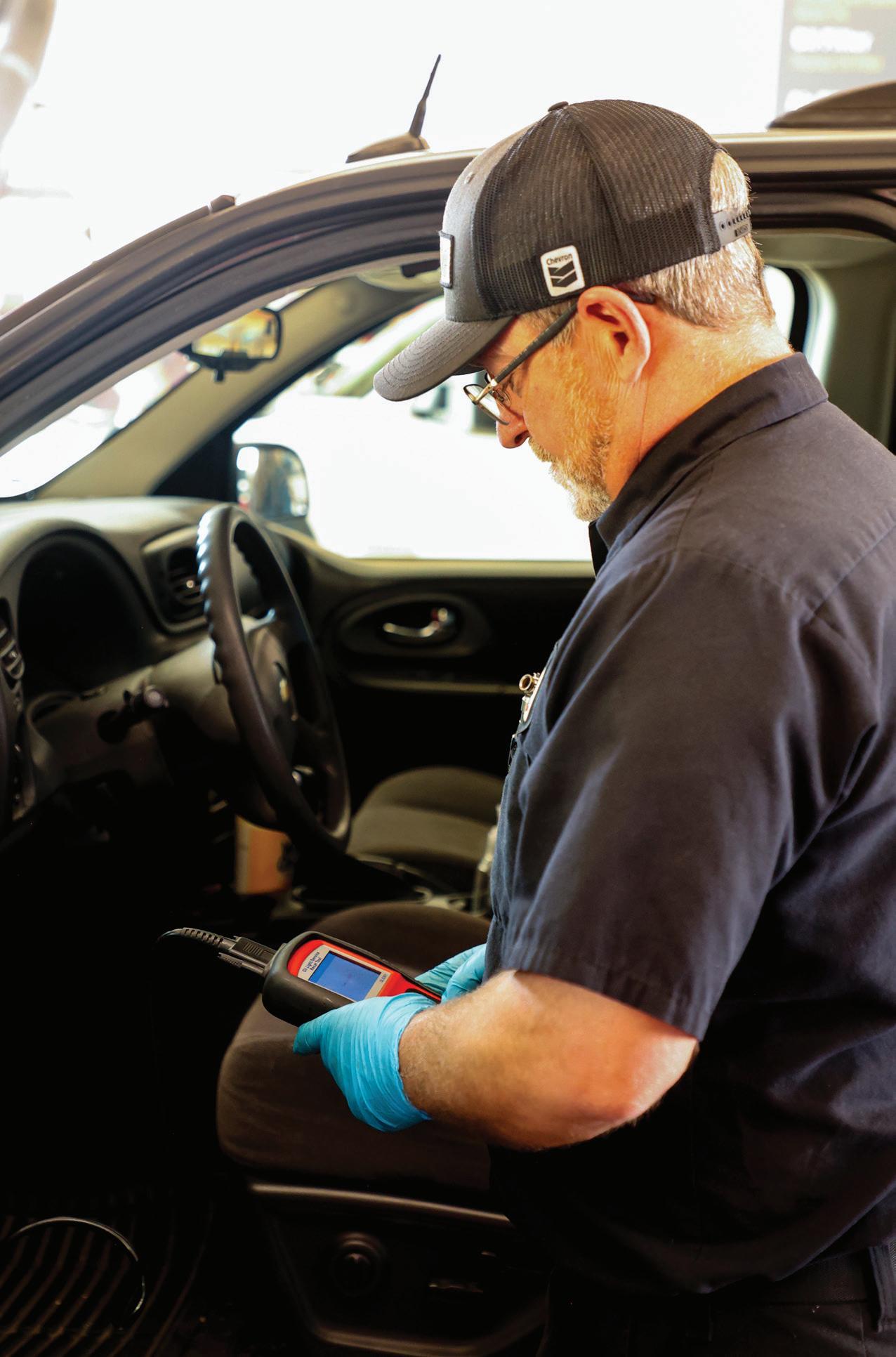
Reliability
Basic people skills and sophisticated KPIs go hand-in-hand for
lube operations
Hometown Success:
Oil Change
After a long career with Premier Oil Change in California, Jacobe and Emily Krizman decided to take over a well-known quick lube in their hometown of Hood River, Oregon BY
KACEY FREDERICK
Consistently meeting customers’ needs is a top priority for employees at the Havoline xpress lube shops in Cullman and Hartselle, Alabama.
6 ONLINE
Latest from the NOLN Podcast, PAMA talks REPAIR Act
9 NUMBERS
Synthetic strong
11 AROUND THE INDUSTRY
Valvoline Global launches motor oil formulas exceeding ILSAC GF-7 standards
12 QUICK LUBE Q&A
Brian Michel of Grease Monkey SERVICE
24 PIT STOP
The racecar connection
27 CUSTOMER SERVICE
Small-scale businesses riding long-term success
30 CASE STUDY
Be ready to respond to negative reviews
14 MAINTAINING THE MISSION
It pays to invest in the tech in your bays BY SCOTT HEMPY
42 FROM THE SHOP
Thinking win-win is more than a quick fix BY ADAM TATUM
Jeff Cox, executive director of the Automotive Maintenance & Repair Association, joins the NOLN Podcast to provide a crash course on oil evacuation systems, which allow shops to remove old oil without touching a drain cap. He also explains why these systems are becoming more popular and how to determine whether your shop would benefit from adding one.
Cox then provides questions operators should ask vendors when trying to pick out oil evacuation equipment for their store and outlines how you should explain the service to customers who come in for an oil change.
The Preventative Automotive Maintenance Association recently outlined its reasons for supporting the REPAIR Act in a letter to NOLN.
PAMA cited a March 2025 report carried out by the non-partisan Government Accountability Office, which showed a struggle for independent repair shops to compete due to barriers placed by vehicle manufacturers, including timely access to information, data, and tools that are critical to performing automotive repair.
Additionally, PAMA highlighted an Auto Care Association survey from last year, which showed that over 60% of independent repair facilities experienced difficulties with repairs due to barriers put in place by manufacturers.
While repair shops will be the first to see the negative effects, consumers who are forced to go to dealerships are more likely to face longer wait times and higher prices. PAMA has said the Right to Equitable and Professional Auto Industry Repair (REPAIR) Act, H.R. 1566, is the solution to this.
PAMA also addressed criticisms of the REPAIR Act, the first of which being that it fails to address safety concerns. “By providing access to vehicle repair data, independent manufacturers can meet the same cybersecurity standards and vehicle safety standards as manufacturers,” the letter states. “Transparency brought about by the REPAIR Act necessitates safety. By failing to provide data transparency to the market, manufacturers are only encouraging the development of unsafe alternatives, such as counterfeit parts.”

Head online to check out NOLN’s library of podcast interviews. Hear from quick lube leaders about new strategies, service stories, and innovative operations that push the industry forward.
Listen to all the episodes and subscribe at: noln.net/podcasts.

Have you subscribed to the newsletter? NOLN will send the latest industry news, strategies and profiles straight to your inbox.
Sign up at noln.net/subscribe


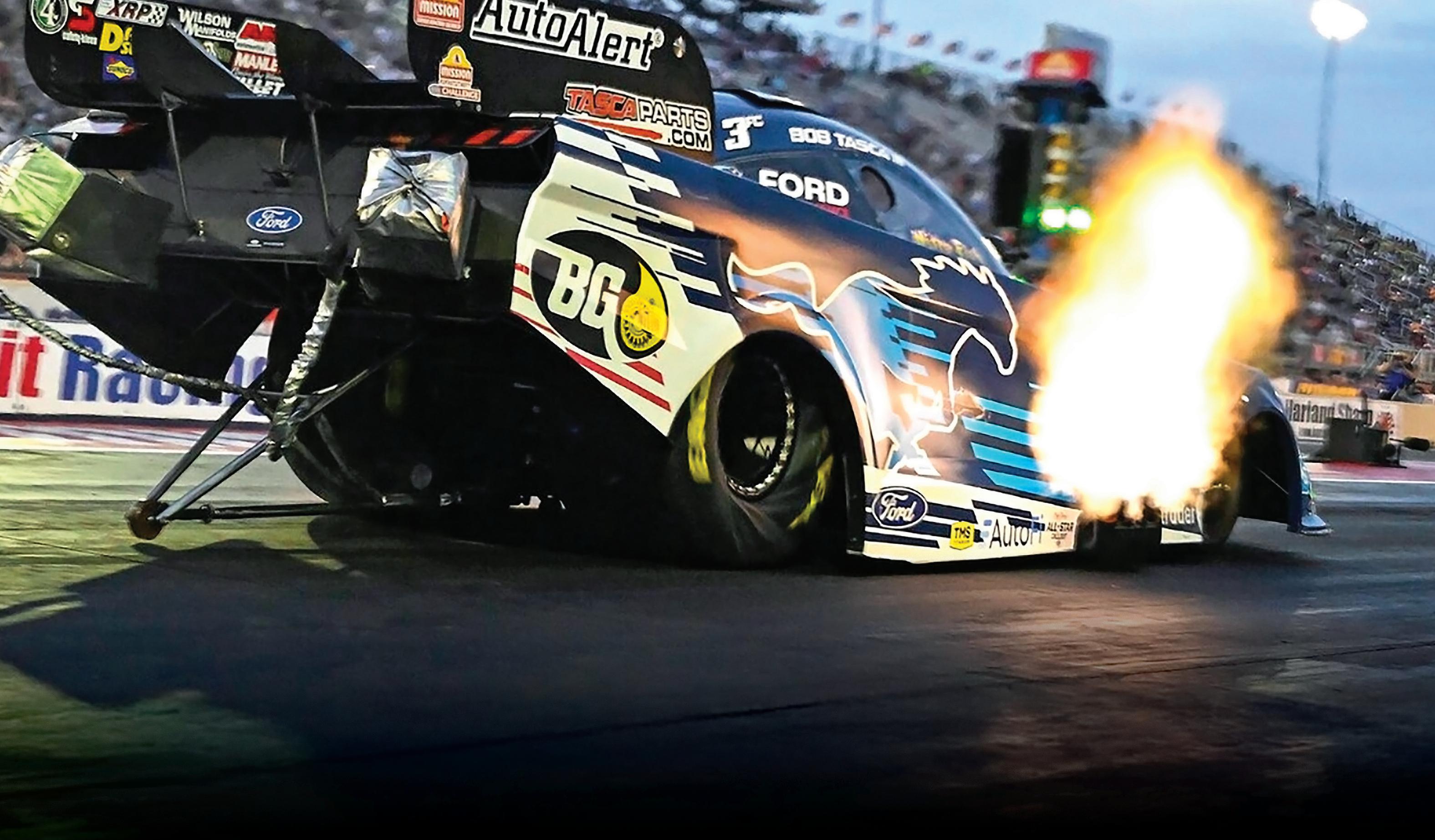




On the track and in business, these two powerhouses have led the pack in automotive excellence. Boost your shop’s profitability with Tasca Automotive Group’s No. 1 choice for preventive maintenance products.


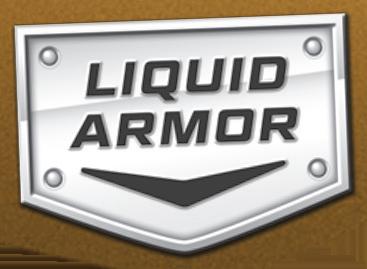







Full synthetic oil has decisively become the main bulk oil used by the most quick lube operators
BY NOLN STAFF REPORTERS
Consumer demand for full synthetic oil is on the rise, according to the 2024 NOLN Operator Survey. Full synthetic was identified as the main bulk oil used by 60% of 2024 survey respondents, compared to just 35% who listed synthetic blend. The results were a marked shift from the 2023 Operator Survey, in which synthetic blend (48%) and full synthetic (47%) were relatively even in popularity.

























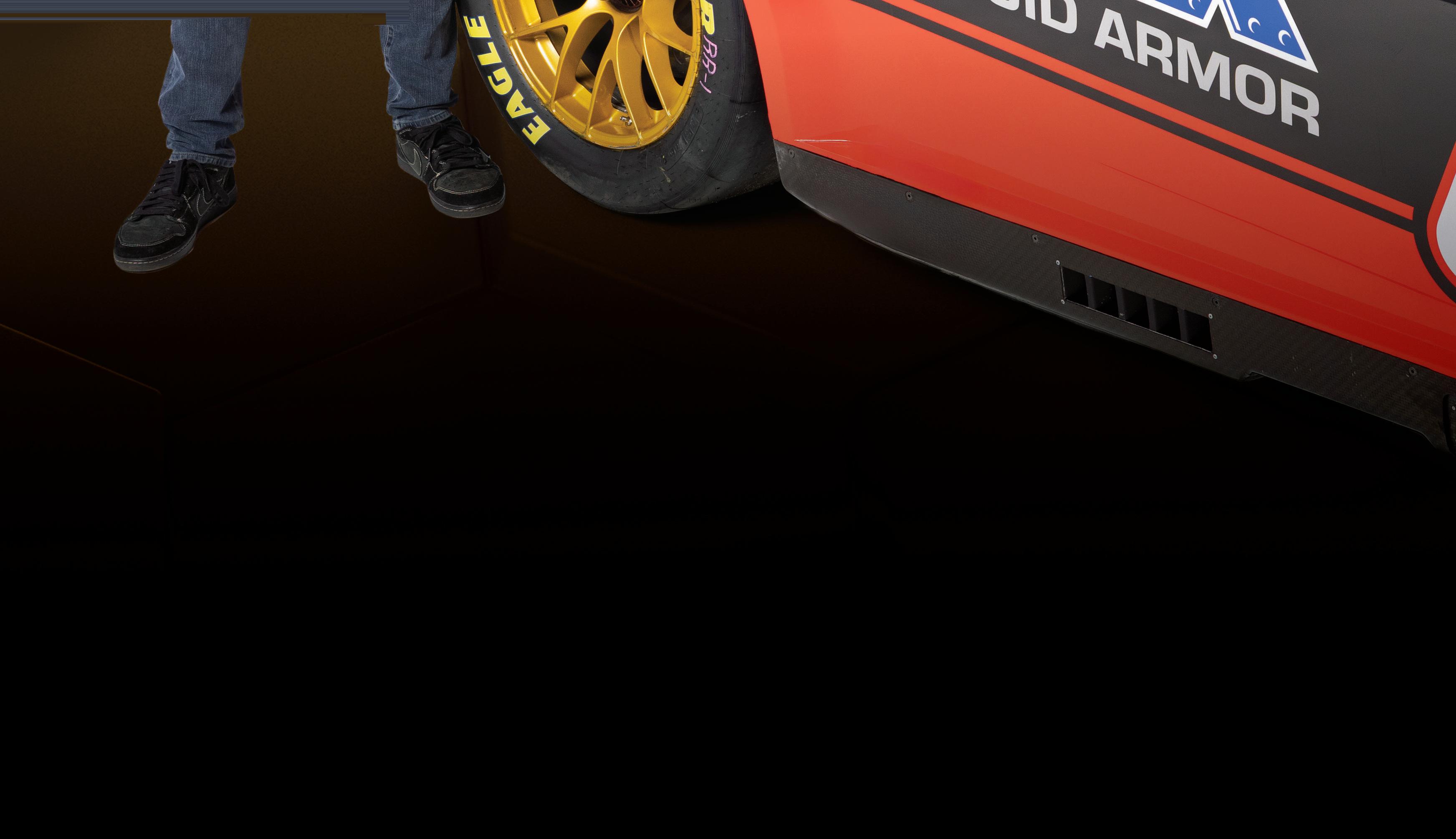





















The following is a breakdown of how 2024 survey participants responded when asked about their main bulk oil used:

































Coming this summer: Find out if consumer demand for full synthetic oil continues to rise when the 2025 NOLN Operator Survey Report is published on noln.net

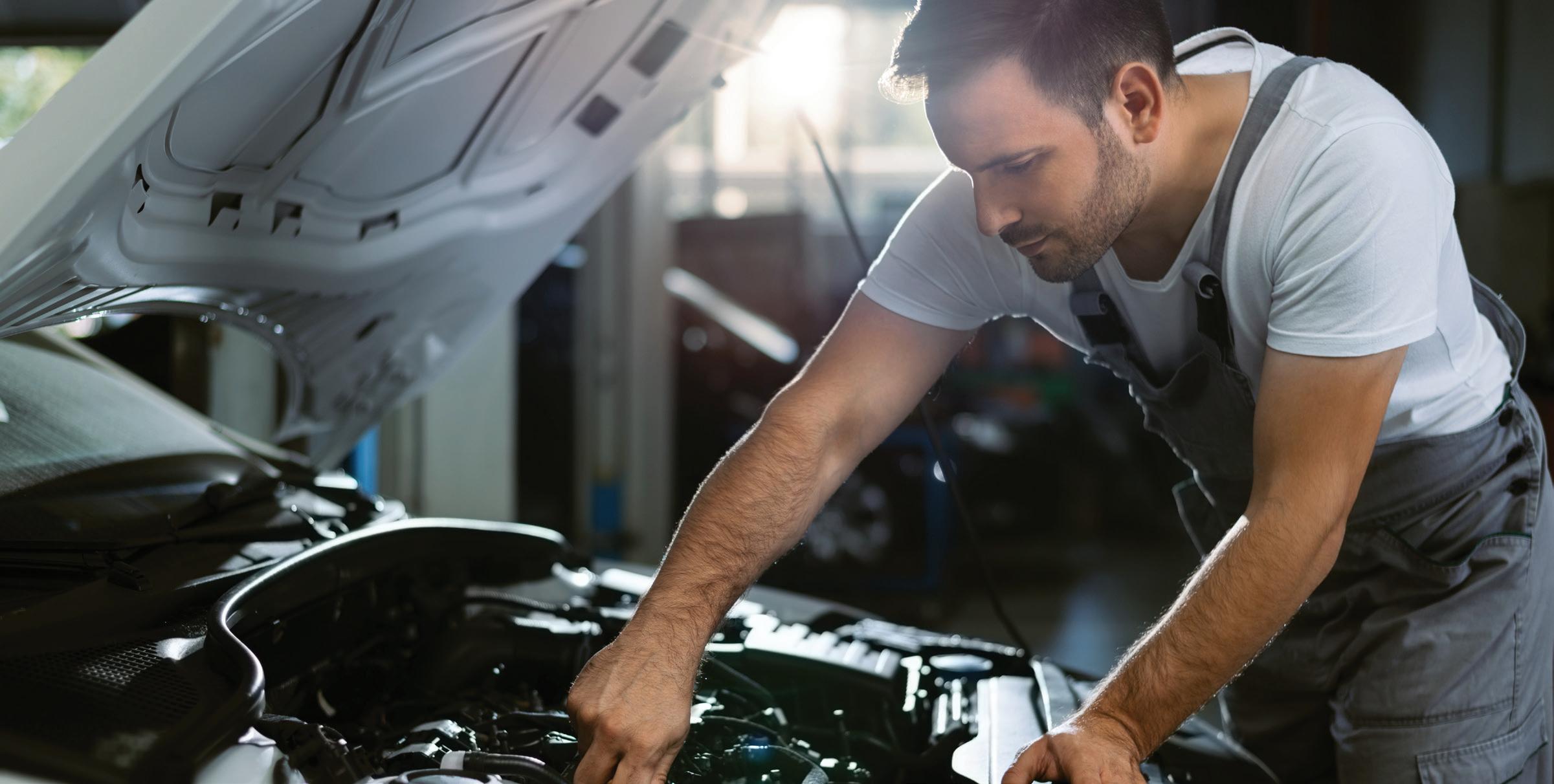
Improve engine performance and fuel economy, fight everyday wear and tear and help reduce emissions.
API-licensed oils display an API certification mark to signify the highest performing oils.
To search the complete list of licensed companies and products, visit our licensee directory at:

MOTOR OIL FORMULAS EXCEEDING ILSAC GF-7 STANDARDS
Valvoline Global Operations has launched new passenger car motor oil formulas for the U.S. and Canada that surpass the updated International Lubricant Standardization and Approval Committee GF-7 standards, according to a press release. Currently, ILSAC GF-6 certified synthetic Valvoline motor oils already meet all requirements of the new ILSAC GF-7.
The company’s new ILSAC GF-7 full synthetic technology was tested in a single engine for over 500,000 miles across three years without the need to replace any critical component, and significantly reduced sludge and deposits compared to an ILSAC GF-6 quality oil.
With GF-7 taking effect as of March 31, ILSAC GF-6 designated motor oils will be phased out of distribution channels. New Valvoline motor oils meeting the ILSAC GF-7A standard will include the “Starburst” API mark on all bottles, while ILSAC GF-7B-compliant oils will have the API “Shield.” Oils meeting API SP will feature an updated API “Donut” with SP designation.
ENTREPRENEUR’S FASTEST GROWING FRANCHISES LIST
Take 5 Oil Change has been ranked No. 27 on Entrepreneur’s 2025 Fastest-Growing Franchises list, its highest ranking to date, according to a press release. The ranking comes after Take 5 grew its franchise network by over 100 stores last year, nearly doubling its franchise footprint in two years.
Valvoline Instant Oil Change also made the list, checking in at No. 41.
A recently opened Strickland Brothers 10-Minute Oil Change location in Greensboro, North Carolina, has won a 2025 CoStar Impact Award for commercial development of the year in Greensboro/Winston-Salem.
The Strickland Brothers brand has over 325 corporate and franchise stores in more than 20 states, and plans to open 200 more stores before 2027.
The Greensboro store will serve as a model for its future expansion plans. Positioned on a high-visibility retail corridor that’s near retail major stores, the 1,308-square-foot property was first purchased in November 2024, and now serves over 46,500 vehicles per day.
The store was awarded the 2025 CoStar Impact Award following evaluation by real estate professionals familiar with the market.
A real estate and business acquisition group has launched a nationwide acquisition platform for quick lube owners seeking to retire and sell their businesses, called Sell Your Quick Lube, according to a press release.
The website seeks to be a nationwide platform for quick lube and oil change business owners eying retirement, reinvestment, or new opportunities. It promises allcash offers without co-investment requirements, while working with owners to preserve the legacy of their local operations.
Shop owners would need to sub -
mit basic info about their business through the site’s online form, which would then be evaluated and met with a cash offer based on the business’ market value. The acquisition team promises to handle all administrative tasks of the transaction.
Though the website doesn’t specify what group is behind it, its phone number is also used by PHD Properties Inc. and M Square Commercial—the latter of which being a company that has provided brokerage services for brands such as Strickland Brothers Oil Change.
A recent article from The Autopian highlighted an issue with the oil filter housing within BMW’s B58 engine that can turn a simple oil change into something much bigger.
The problem lies with a cartridge filter that fits within the oil filter housing, rather than the canister-style filter often found in Japanese vehicles. BMW’s redesign for the clean-sheet B58 straight-six included an oil filter housing made from plastic, which has been prone to becoming brittle, cracking, and leaking oil, coolant, or both.
However, there exists another known failure of the oil filter housing. The moment an oil makes contact with the sealing rings on the oil filter cap, its torque spec of 18.4 lbs-ft is rendered obsolete. This can cause torque values to flare up, leading to the oil filter cap overtightening. Much of the damage caused by this will become apparent when performing any routine oil change.
A replacement engine oil filter housing replacement, with labor, can run anywhere from $1,800 to $3,500.
Brian Michel, vice president of operations for Grease Monkey, offers quick lube operators advice for attracting and retaining good employees
BY TOM VALENTINO
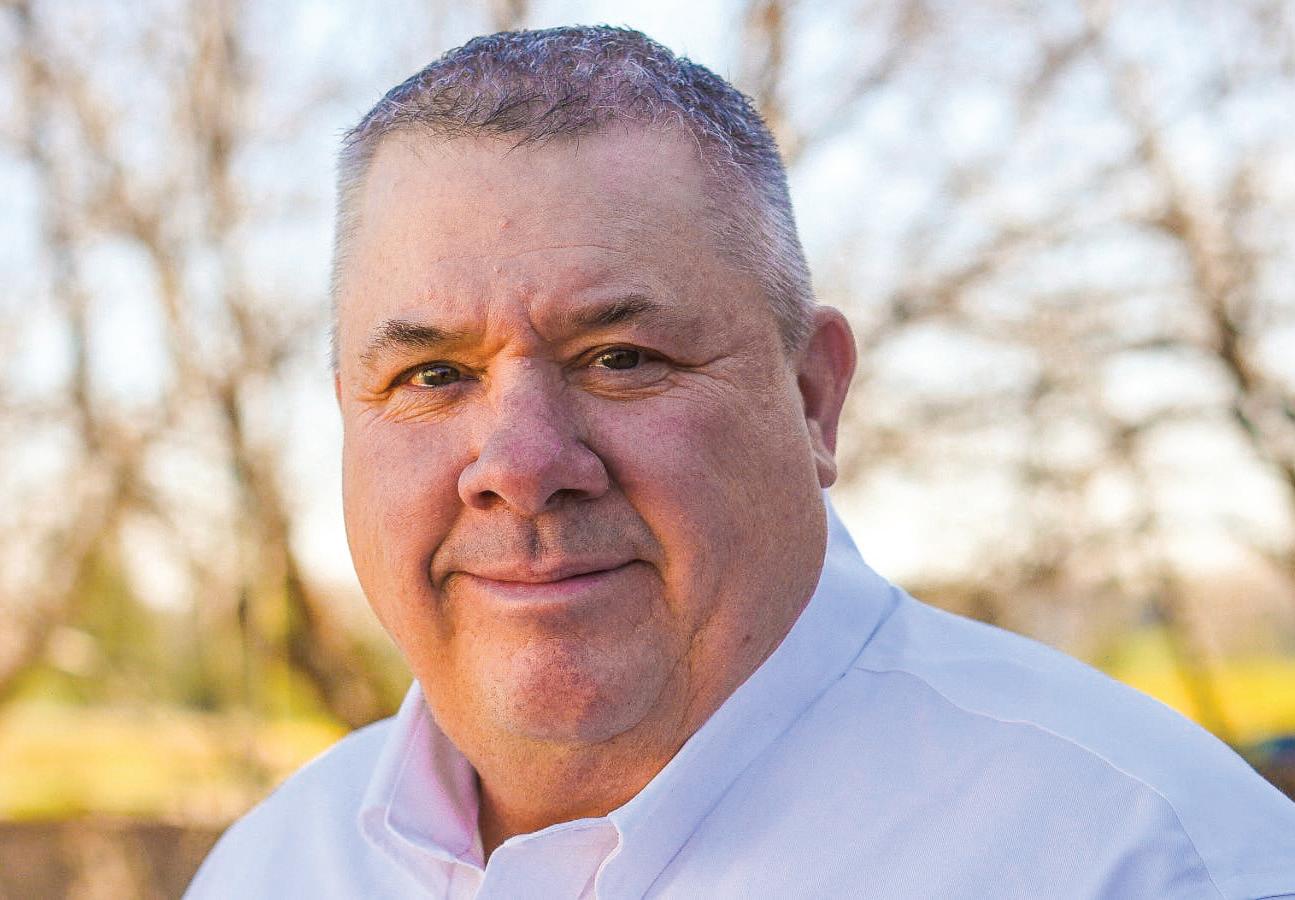
STRONG COMMUNICATION, clear expectations, and flexibility are fundamental for quick lube operators to attract— and retain—top employees.
At the recent FullSpeed Automotive Joint Conference in Grapevine, Texas, Brian Michel, vice president of operations for Grease Monkey, presented a session on best practices around employee recruitment, onboarding, and retention. The wisdom he shared came in large part from personal experience in his career.
In June, Michel will reach 40 years in the automotive industry—a run that nearly ended almost as soon as it began.
Shortly after the FullSpeed event, NOLN caught up with Michel. The longtime Grease Monkey executive
shared his tale of how a rough first day on the job four decades ago nearly convinced him to try something else, and he offered some practical advice for attracting good candidates and successfully integrating them into the team. Michel also explained why being flexible with employees’ availability can go a long way toward keeping them with your shop.
Editor’s note: This interview has been edited for length and clarity.
NOLN: What should quick lube operators be doing to attract the best candidates for open positions on their team?
Brian Michel: A lot of it’s word of mouth. … We’ve gotten a lot of good employees through other good em-
ployees. To attract good employees right now, we also need to make sure that we have a thorough job description of what’s going to be involved. ... (As a candidate), you want to know the job description and the benefits up front, as well as what the job is going to entail so you don’t get there and say, “Oh, I didn’t know I was going to be doing this. I didn’t know I would have to work the pit. I just thought I’d be taking care of customers.”
NOLN: How has the hiring process changed in recent years?
Brian Michel: Nowadays, you have to be more open to schedules and availabilities. Franchisees that tell me all the time, “I’d love to hire these (applicants), but they only want to work two or three days a week.” And I say, “Well, then hire four or five of them.” You’re not paying overtime because they’re not getting a 40-hour workweek. They may or may not have benefits.
I would take what we can get at this point as far as scheduling. If you work around an employee’s schedule more, they’re going to be more loyal on the days that they are there. And sometimes, they want to start at two or three days a week and then all of a sudden they’re up to working full time, five days a week. So, please, get them in there, and give them a chance.
NOLN: Onboarding is an issue near and dear to you. Is there a reason for that?
Brian Michel: Yes, I go back to my first day on the job when I was 18 and go -
ing to work for a competitor. I showed up 15 minutes early, and there’s a group of employees standing over there at the bays. I said, “Hey guys, I’m Brian. I’m the new guy.” And they’re like, “Yeah, we already heard all about you.” And that was my welcome.
So, I stood there and said, “Is Bill (the manager) here yet?” “No.” “OK.” I’m standing there by myself and they’re in their little group, and a car pulls up. One of the guys says, “Well, guide him in.” I didn’t know what that means, but I knew enough to try to guide the car into the bay. I probably got it off center a little bit, and the guy down in the pit says, “Who the heck guided this car in?” And I said I did. And he said, “You better work on that, boy.” I thought, you know maybe this isn’t the place for me, and I almost went back into my car and back home.
That first day for that employee on the job is very, very important. We try to train in a way that shows we want to make (new employees) feel welcomed. The manager is there to greet them. He or she introduces the new team member to the rest of the employees, shakes their hands, and makes sure they know we’re glad they’re here. If you’re hiring people, it’s usually because you need somebody. So, the rest of the staff should be thankful that somebody’s here to help them.
I suggest assigning a senior leader or manager to that employee for the day to guide them and tell them what’s going to be expected. Take them on a tour through the shop. Show them where everything’s at. Let them know where the restroom is, where the schedule is, and where the cleaning list is, so when it’s slow, you don’t have to say find something to do.
Also make sure they have the handbook, and they know your policies, procedures, and benefits.
We will make sure that they show up with the right clothes. You should have
a uniform for them or at least a noname shirt or something so they feel more part of the team, not in a T-shirt and jeans for their first day.
When I go into stores now, I can always pick out the new person because they’re not in a uniform or they’re off in the corner like I was. I try to go up to that person and ask them, “Hey, how’s it going? When did you start? How have you been treated?” Hopefully, they say, “Oh, this is great. I’m learning all kinds of stuff,” instead of “I don’t really know what I’m doing, and I’m just kind of here.”
We should treat the employee like we treat our customers every day, right? When that customer leaves, we want them to leave satisfied. We want them to go home, (and when a family member asks), “Hey, how’d the oil change go to?”, we want them to say, “Oh, it was awesome. They’re fast. They’re professional. They did everything they said they were going to do. They didn’t try to oversell me.” We want that employee to go home at the end of the night on his or her first day and say, “Oh, it was awesome. The employees were cool, they all treated me with respect. They even bought me lunch. They have a great training program. I can’t wait to go back tomorrow.”
NOLN: You recently spoke at the Full Speed Automotive Joint Conference. What were some of the most common questions that you received from attendees when you were there?
Brian Michel: How do we keep employees? We have a lot of our stores that hire somebody, and then they go to lunch or don’t come back, or they don’t come back the next day. Sometimes, it may just not have been the right fit for them, but usually there’s something else that happened during the day that made that person (want to leave).
I think recognition is huge, especially
in this day and age with employees that need more pats on the back and to be told more often that they’re doing a great job. They may need to be given direction more. Sometimes, they want to do more, but they don’t want to overstep their bounds.
Retention of employees is a big thing. We have to do what we can to keep employees because it’s expensive to hire new people. If you have a revolving door, it’s tough.
Recognition is good. If you see somebody doing something great, give them a pat on the back. Some operators give recognition by maybe giving employees gift cards for lunch or something like that. If an employee goes out of his or her way to take care of something for the customer that we usually don’t do, those are things that we want to recognize.
Also, give reviews. That doesn’t have to mean a quarterly review that comes with a raise every time. I’d just sit that employee down at the end of the week or month, and just say, “Here’s what you’re doing well, and we appreciate that. These are some things I’d like you to work on.” Then, recognize the team too. It’s huge to create teamwork among employees. A store that has a great culture is going to keep their employees longer than one that doesn’t, and that’s up to the manager or franchise owner to keep that culture positive.
NOLN: Was there anything else that you wanted to discuss that we have not yet covered?
Brian Michel: It’s very important to attract the right people. Sometimes, the right person may not look like they’re going to be the right person, or they may not act like it. But maybe they’re just nervous or scared. Give them a chance.
I’ve seen some good employees that I didn’t think would make it turn into great managers and leaders.
Keep an eye on new technologies that could help improve efficiency, improve service for your guests, or make it easy to manage your operation



Scott Hempy leads the team at Oilstop Drive-Thru Oil Change and Happy’s Drive-Thru Car Wash. Oilstop and Happy’s are rapidly growing their footprint of oil change and express car wash locations across the West Coast, combining convenience with an outstanding emphasis on guest experience. Prior to Oilstop & Happy’s, Scott was the founder and CEO at Filld, a SaaS-based software solution for last-mile oil and gas delivery companies. He was recognized as a member of the Forbes 30 Under 30 class of 2016 for starting Filld.
.COM
OVER THE PAST DECADE IN THE DRIVEthrough oil change industry, there have been many breakthroughs and improvements in technology. As a quick lube operator, it’s important to keep an eye on new technologies that could help improve efficiency, improve service for your guests, or simply make it easy to manage your operation. There are several easy ways that technology can be leveraged as a quick lube operator. At Oilstop, we’ve deployed technology to improve in a few key ways recently.
Four years ago, we installed bay timers in all of our service centers. Similar to the vehicle sensor equipment that McDonald’s might use to track how long a guest has been waiting in the drive-through line, bay timers allow you to track how long a guest is waiting for service and how long the service is taking. While some operators might focus on 10-minute, no-wait service and others specialize in full vehicle inspections, bay timer technology is helpful for all styles of service. By clearing the bay more quickly, you are making way for the next guest, which will help you grow your car count. Bay timers are very reasonably priced (you will be able to outfit your service center for less than $50 per month). If you service one more car each month from your bay timers, you’ve already paid for this service.
We have begun testing using cameras and computer vision instead of analog sensors to track our bay times. This camera-based technology allows us to gather more information than traditional bay timers. We can track how long a vehicle was in each position at our service center—in the bay, on deck, waiting in the queue, etc. We can also track “drive-off ”’ guests, who pull up but then choose not to stay because of our wait time. We can see what times of day our queue is at its longest and when there is no queue, helping us improve our staffing plan.
In the future, we can add logic to help us track how long it takes our team to greet each guest or to automatically scan the license plate of the guest when they pull up. There are several
companies offering this service. The technology is only ge ing be er with AI and computer vision improvements, and the camera/video-based system allows us to add new features and functionalities as the technology evolves. An added bonus: The cameras are the same ones that are used for security cameras, so you might already have some installed.
A few years ago, we implemented a license plate scanner into our point-of-sale software. This allows our technicians to scan a license plate on a tablet when the guest arrives. Immediately, we know that guest’s name, service history, and any special notes about them. This allows our technicians to deliver a personalized greeting and welcome. It also saves our technicians time loading the vehicle information and specs to start the service. Most quick lube point-of-sale technologies have license plate scanning (sometimes called “LPR”). Ask your point-of-sale provider about how to use it and then train your team to leverage it.
Another way to introduce helpful technology into your quick lube is to ask your oil supplier about bulk oil tank monitors. Tank monitors track the inventory level of your bulk tanks and allow you and your supplier to track when a product is ge ing low. This insight into your inventory is helpful, but your oil supplier can move to a “keep full” program, where they will dispatch out a truck anytime your bulk tanks start to get low. This reduces the need to place an order for more oil. Our primary oil supplier even offers to include tank monitors for free with their service because it helps improve their delivery efficiency. Ask your oil supplier about this easy operational improvement opportunity.
There are many ways to leverage technology into your business. The opportunities will only continue to grow as AI technology continues to improve.
While new technology can be scary and hard to understand, finding simple ways to leverage technology to improve your operation is well worth the time and effort!



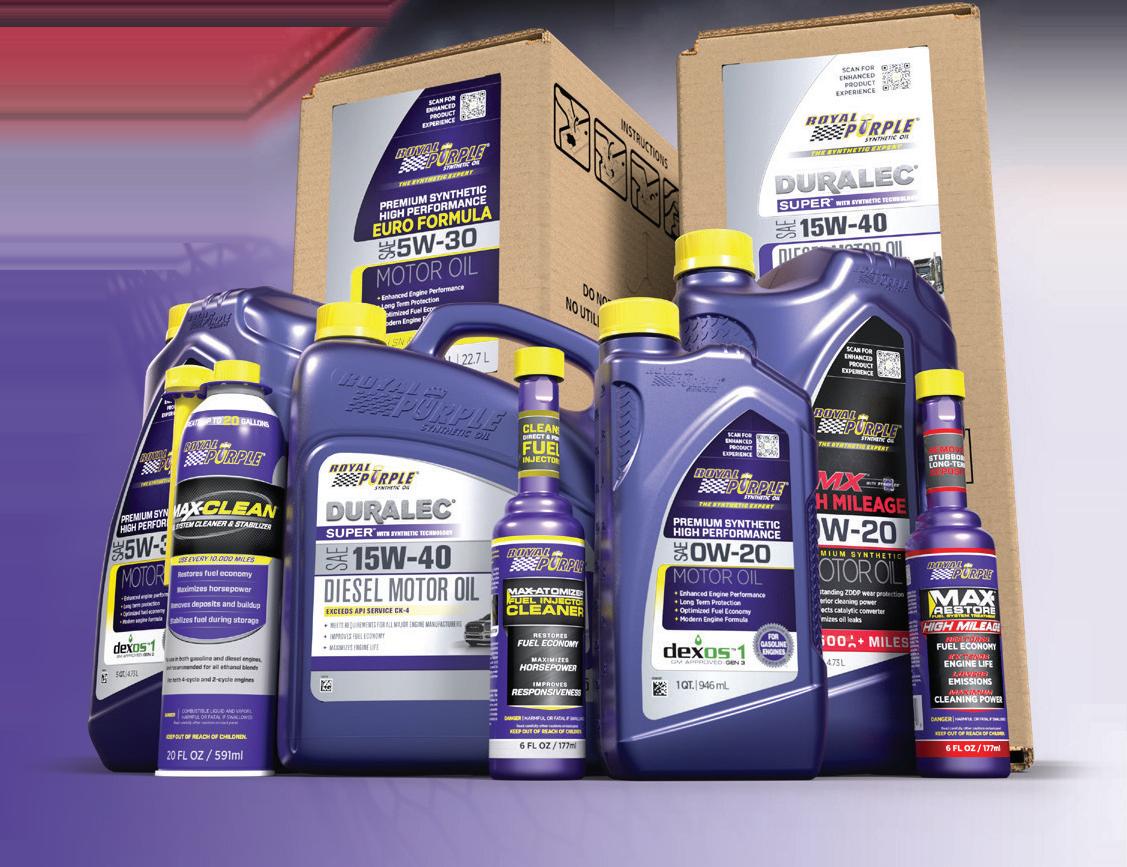

Basic people skills and sophisticated KPIs go hand-in-hand for successful quick lube operations

by Tom Valentino
Ask Jason Berry, co-owner of Havoline xpress lube locations in Cullman and Hartselle, Alabama, about his approach to running a quick lube, and he’ll likely tell you the success of the stores he operates with his wife, Crystal, comes not from focusing exclusively on profits, but on serving people and
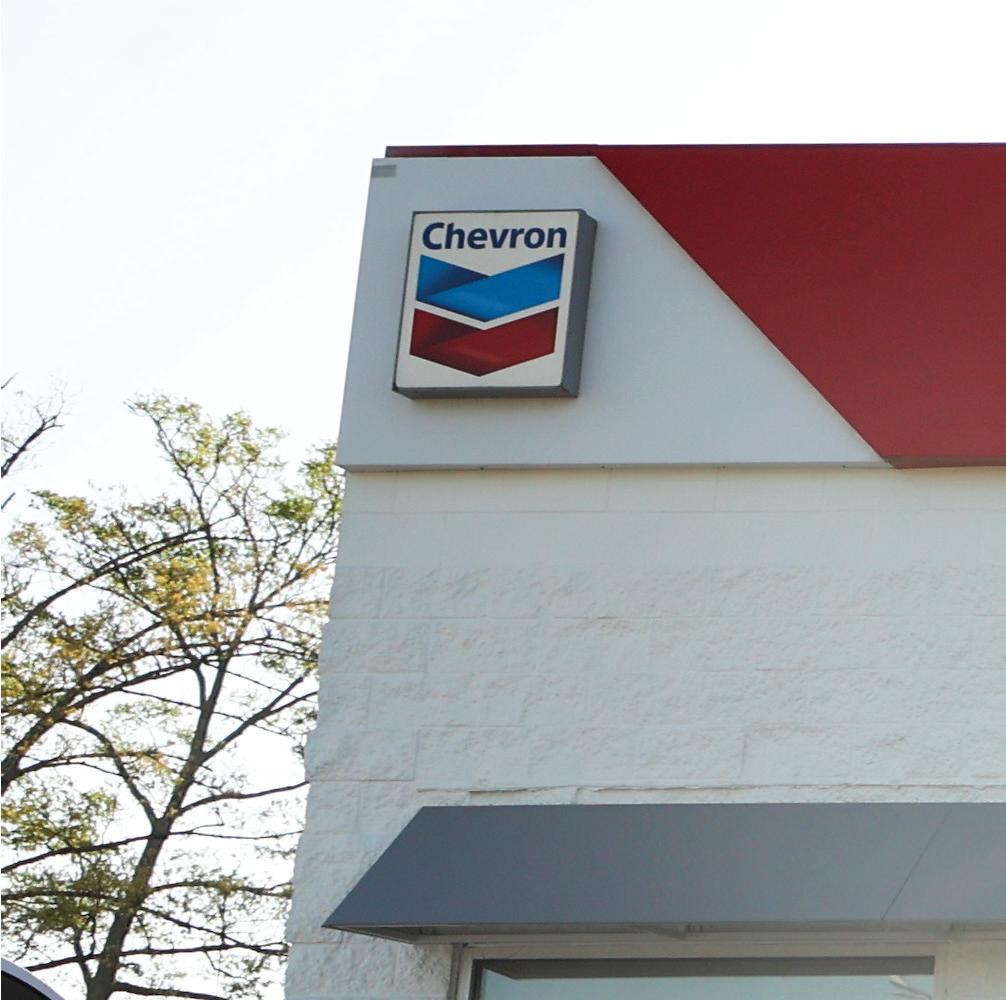

building a reputation for reliability and care.
Berry does monitor key performance indicators, but many of the metrics he’s tracking are in service of addressing the human side of the business.
“We’re not trying to upsell customers,” says Berry, the 2021 NOLN Operator of the Year. “That’s one big
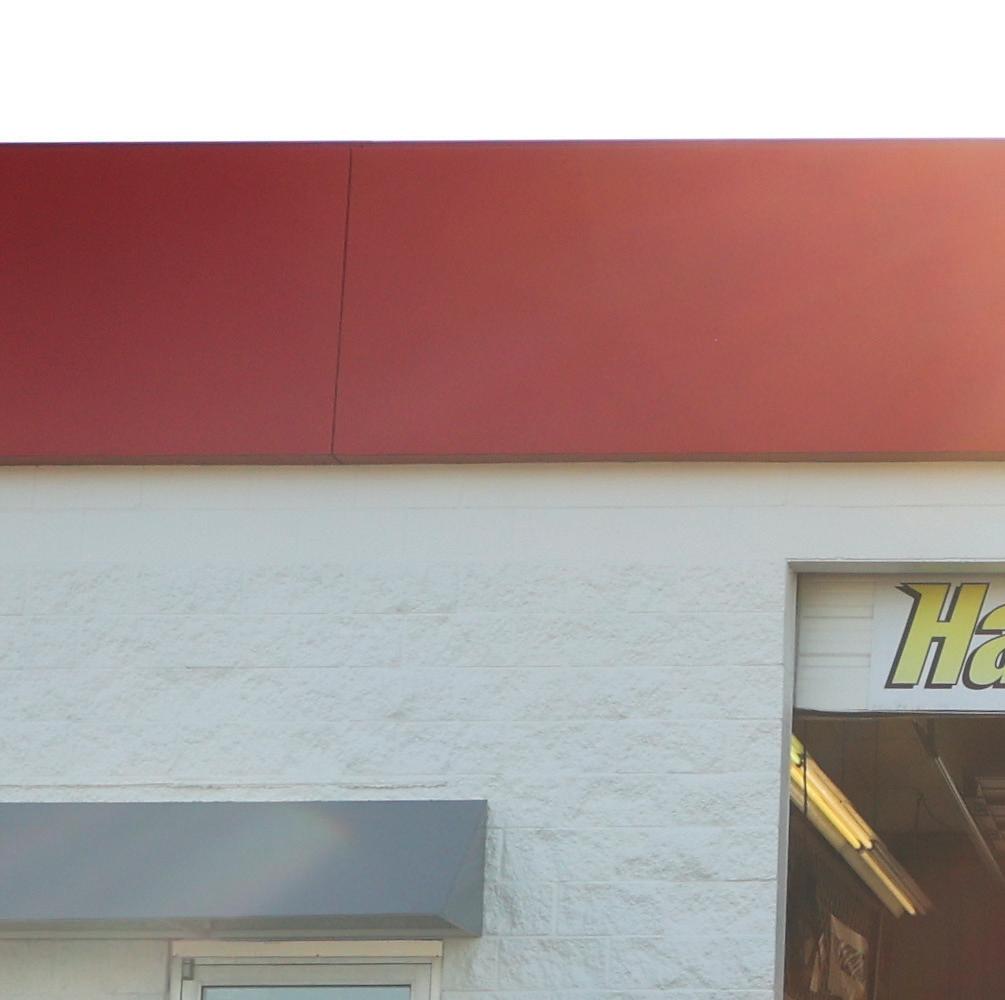

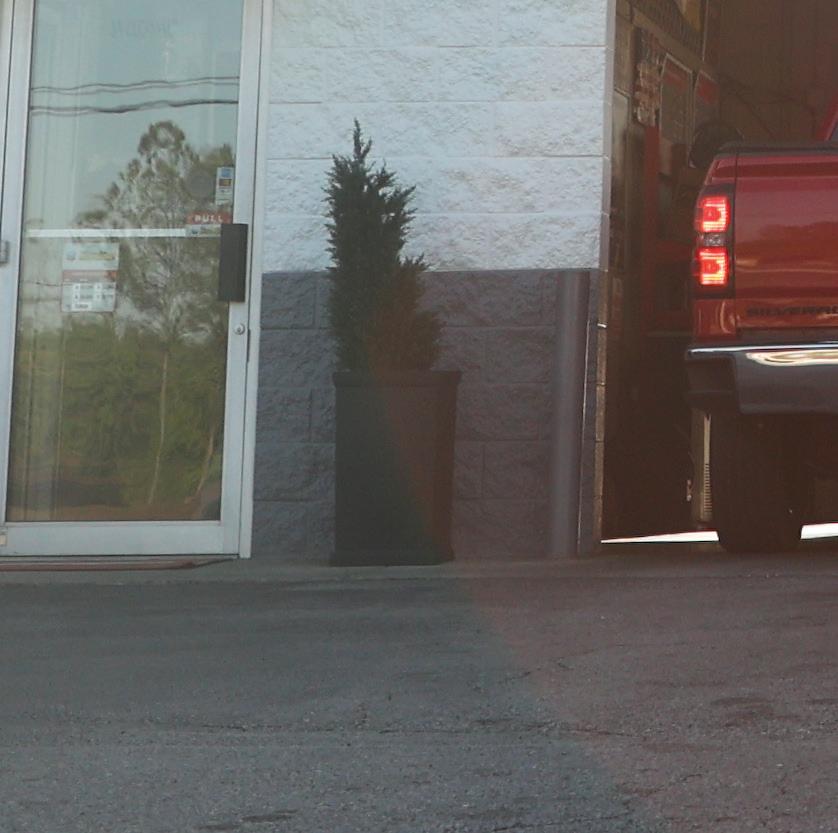



thing we’ve always done differently. I look at that car count more than that ticket average. I’m not here to try to run your price up, and maybe I’ll get you one or two more times. From now on, I want you to feel comfortable coming here.”
Not only does Berry want his customers to feel comfortable coming
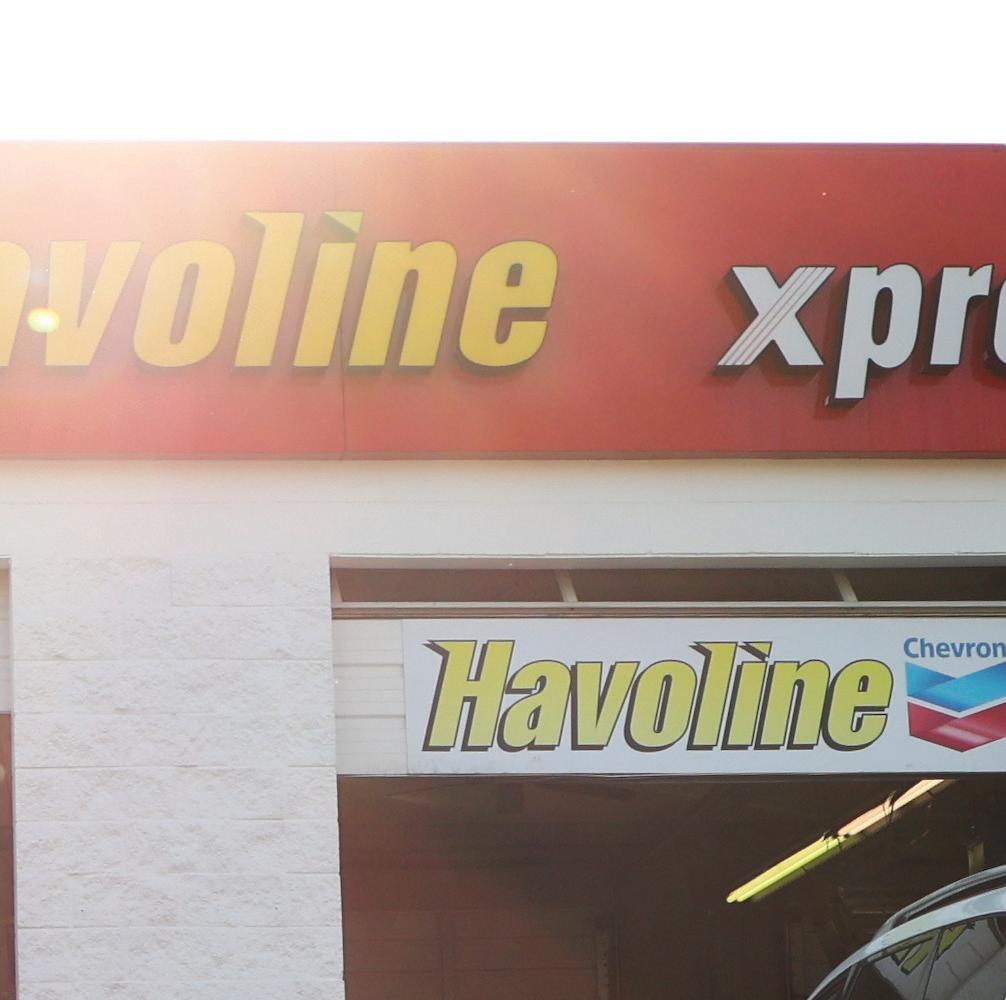
to his stores, but also coming back a er they’ve tried other quick lube shops. Berry’s businesses have faced increasing competition, both from other operators seeking to buy out his stores as well as aggressive marketing from a new, nearby rival offering heavy discounts. While many customers initially le for cheaper services,

Jason Berry aims to build a reputation for reliability and care that keeps customers coming back to his two Havoline xpress lube locations.


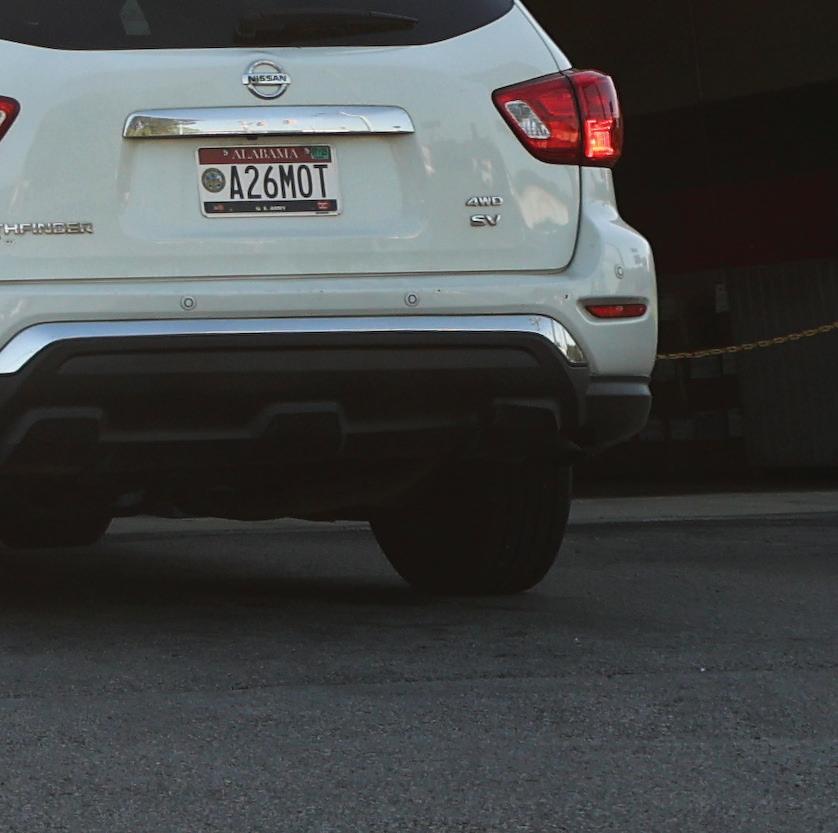

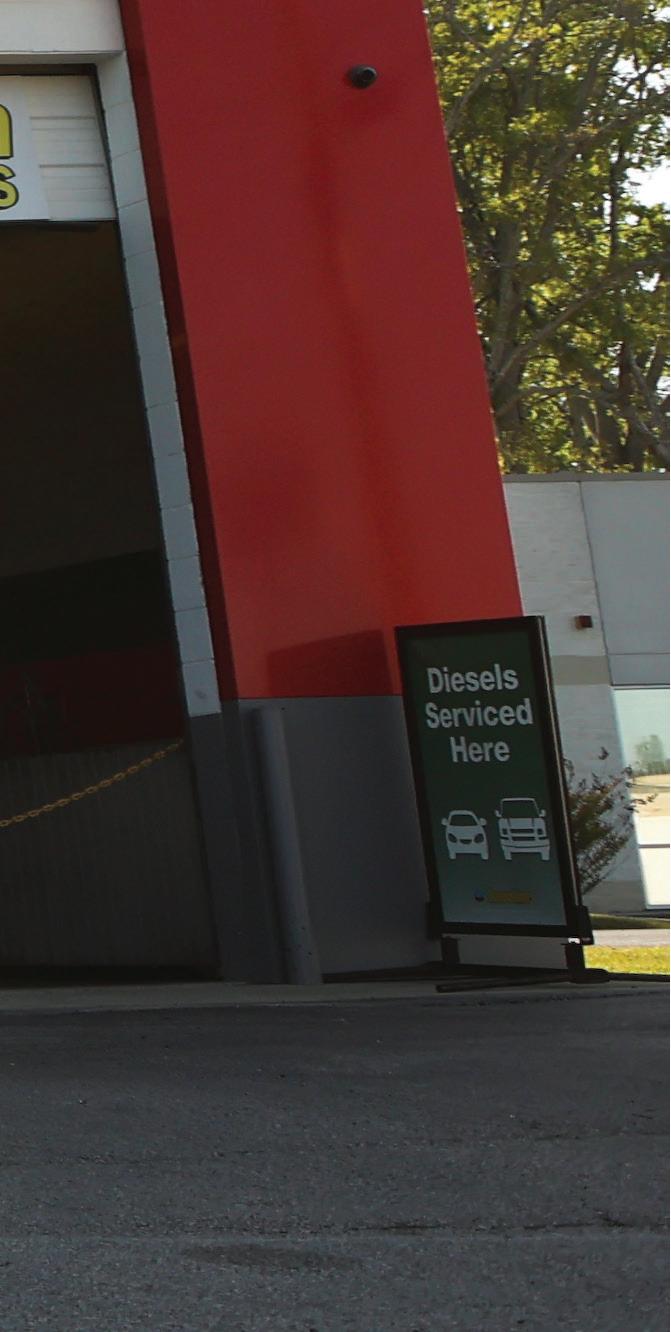
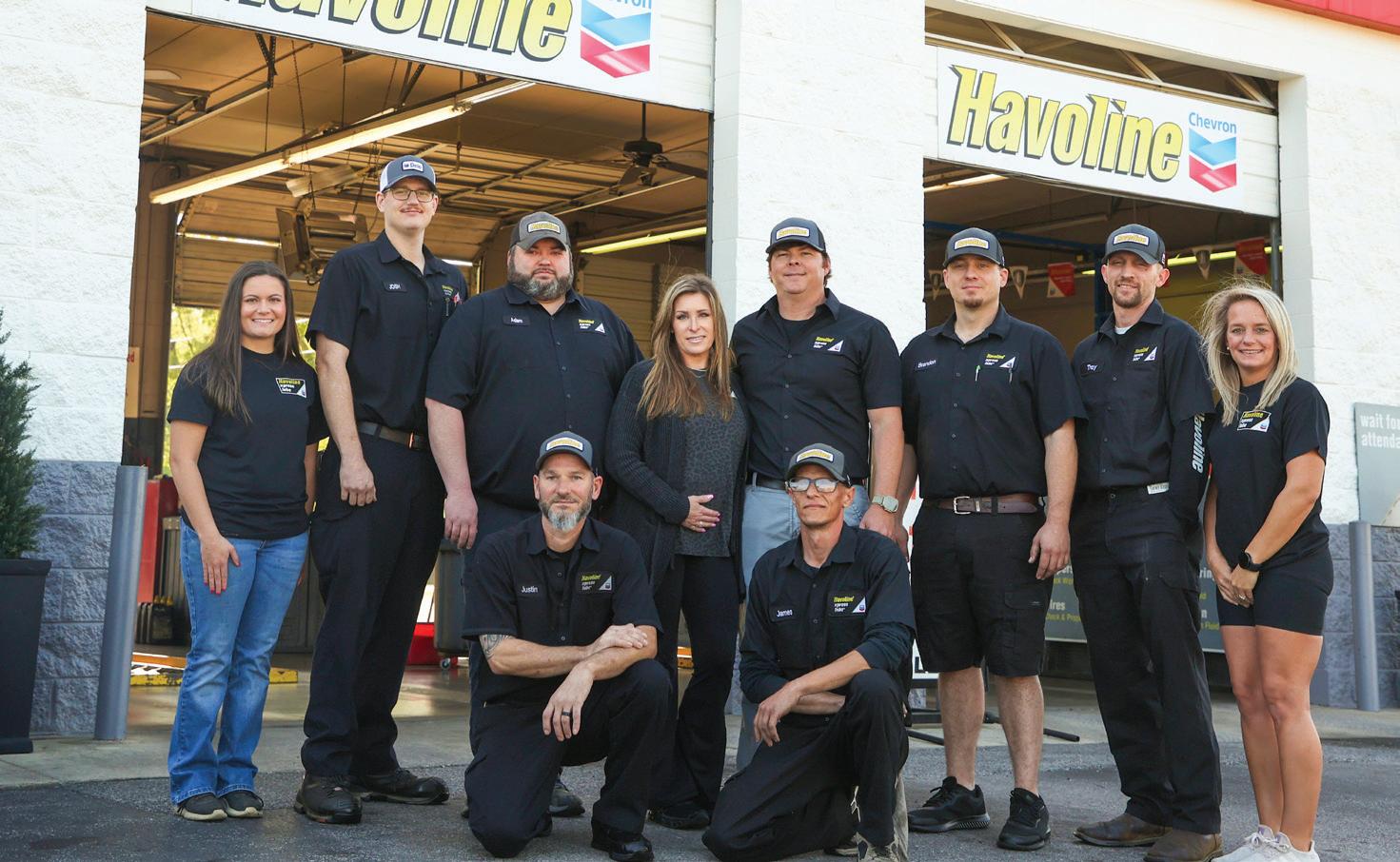
Berry remained optimistic, viewing the situation as an opportunity for self-improvement. Most of those customers eventually returned.
“We had a lot of customers that went there because of (the discounts offered),” he says. “Part of me could be mad about it, but I kind of took the approach that maybe they go and see something that we could better ourselves at if they come back to us. I just try to be open-minded and positive about it.
“Lo and behold, most customers’ feedback has been, ‘We’re sorry we cheated on you. We’ll never do it again.’”
One tool Berry has implemented recently to make sure his customers are satisfied is a messaging platform where they can share thoughts on the service they have received.
“I’m getting almost instant feedback from my customers,” he says. “You know, how did we do? What can we do to change? Those are just some of the KPIs that I really try to focus on, because like I say, it’s the longevity that that I’m looking for and to have those repeat customers.”
For many operators in the industry, though, immediate feedback is only the tip of the iceberg in terms of what sophisticated data-collecting tools can offer.
Seven years ago, Vasilios Karagiannis and two colleagues founded Droptop, an oil change and vehicle maintenance software development firm
based in Bradford, Ontario, Canada. Droptop’s software solutions help operators with invoicing, customer management, and inventory tracking so they can operate more efficiently and improve customer service.
There are a few mistakes Droptop sees shop owners making frequently that the firm has tried to help with, Karagiannis says.
“The biggest mistake, by far, is operators just don’t track enough,” Karagiannis says. “A lot of operators, especially smaller operators, they just look at their sales number, they look at their bottom-line expense at the end of the day, and that’s it. There’s not a lot you can do to improve your business when you’re looking at just (that high-level) KPI.”
For operators who want to do a deeper dive into their data, taking a closer look at inventory is a good place to start.
“There’s a big possibility you’re missing sales because you don’t have the right stock on the shelf. Secondly—and this is probably the bigger one that happens—you have a ton of money sitting on your shelf because you don’t realize you’re way overstocked and don’t need thousands of dollars’ worth of filters or whatever products you have sitting there.”
The biggest evolution in data tracking for quick lubes within the past five years isn’t the creation of new
KPIs, but rather, developing new, easier ways to access existing data, Karagiannis says.
“I’d say the biggest differentiator now at least is you can track everything from anywhere, all in real time and from your phone,” Karagiannis says. “You have access to the same KPIs. Five or six years ago, you had to pull a report the day after to see the information. Now I can pull up my phone and see exactly what all my 10 stores are doing in real time and know what’s happening.”
Karagiannis says he doesn’t expect the KPIs being monitored in the next five to 10 years to change much. The next big evolution could come from how shop owners take their data and put it into action to improve their operations.
“I think what’s going to change a lot, though, is how we all start to leverage AI inside these systems,” he says. “The best way to look at it is today we go in, we pull a report, we dig through all the data, and we generate some sort of insight. Based on that insight, we’re going to go and take some sort of action, and that’s all done by humans.”
Artificial intelligence will reshape that process, he says.
“The days of running a report are going to go away soon in the next couple of years. Now, if I want to know how a certain campaign is running—a coupon (for example)—I have to run a coupon report. (With AI), I should be able to say, ‘How is campaign 17 working in my East market?’, and AI will look at it and tell me here’s how it’s working. It will become a conversational tool where I just ask a question, and it gives me the data rather than pulling a report.”
As AI systems become more sophisticated further down the line, they will be able to not only provide
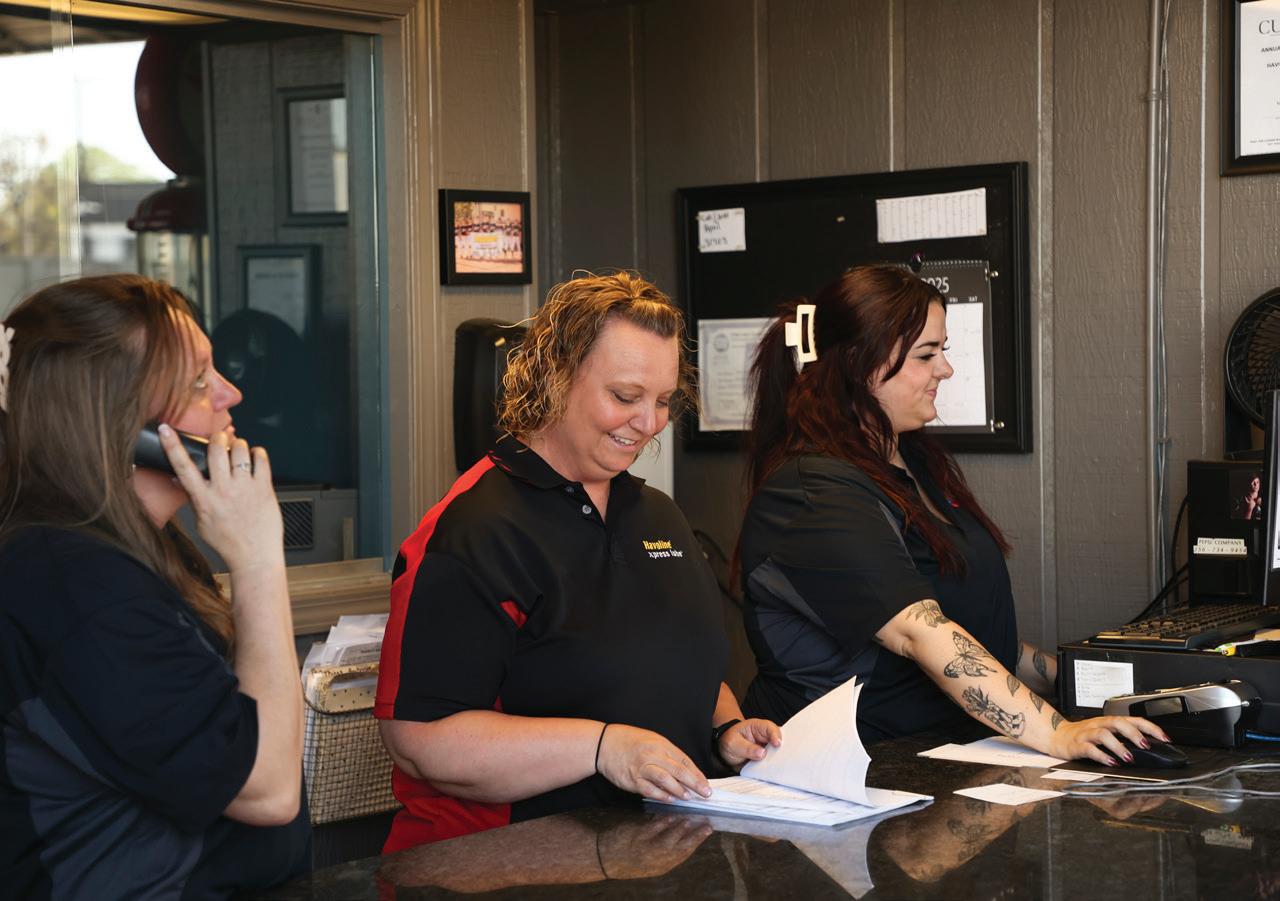

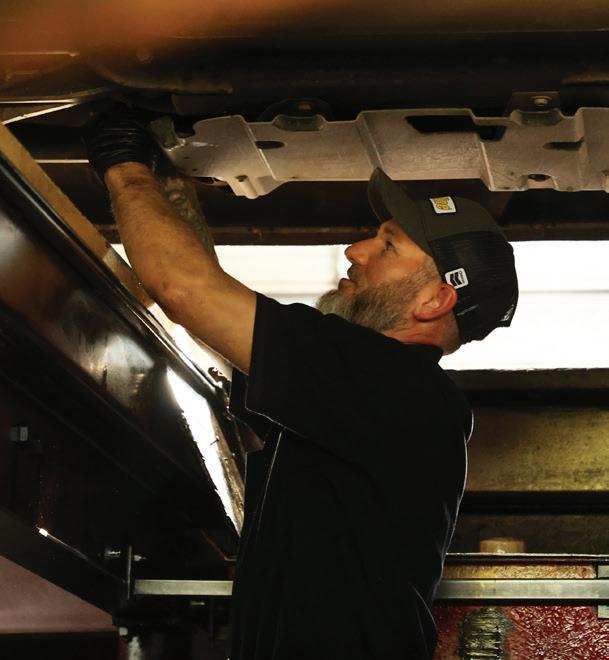
insights but take actions based on their findings in the numbers, Karagiannis says.
“Today, the old way of doing this would be, ‘OK, I ran my report for last week, and I saw that on Friday,
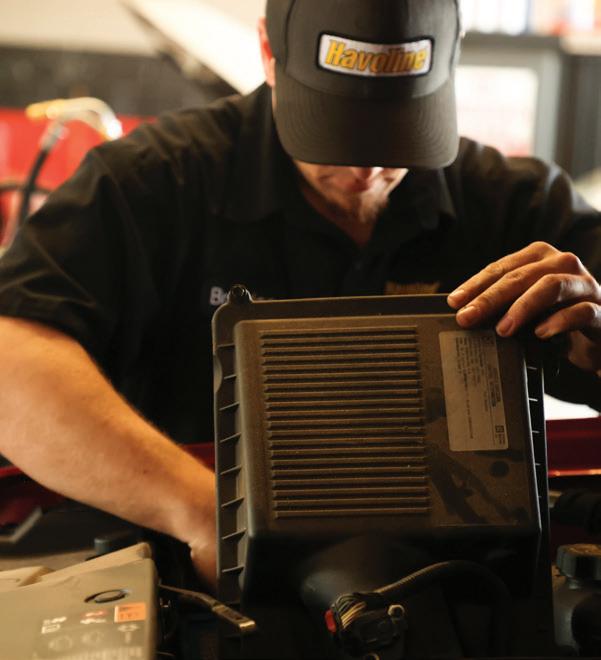
my labor percentage was too high and I need to adjust my next week’s schedule because I had way too many guys staffed based on my car count on a Friday afternoon,” Karagiannis explains. “I’d run the report,
generate the insight that something was wrong there, and then I’d go manually take the action to adjust next week’s schedule.
“Eventually, what should start to happen is when I log in Monday morning, the AI has already like gone through and ran all those reports and figured all the data. I come in and see a little insight that says, ‘Hey, FYI, last Friday the labor percentage was way off. I recommend to you that we staff it differently. Here’s what I recommend. Click here and I’ll do it.’ That’s where I see things going, whether it’s five years or 10 years. I don’t know quite yet, but I know we can get there.”
Still, even the most sophisticated data platforms need to be complemented by good, old-fashioned people skills. For quick lube owners, that means interacting both with customers and employees.
By his own admission, Berry “used to be a horrible micromanager,” but he’s learning to adapt and put more trust in his store managers.
“I’m allowing the management at both locations to run their shops as if it was theirs,” he says. “It’s been good. They’ve been doing an exceptional job.”
At each of his two locations, Berry has designated a manager to oversee inventory. Berry meets with those managers weekly to discuss whether any adjustments need to be made to orders. He has also tapped store managers for the responsibilities of running pits and handling customer concerns.
Delegating responsibilities and developing management teams at each location has had a significant, positive impact on operations overall, Berry says.
“One hundred percent, there’s no question,” he says.
After a long career with Premier Oil Change in California, Jacobe and Emily Krizman decided to take over a well-known quick lube in their hometown of Hood River, Oregon
by Kacey Frederick
Owning your own quick lube shop: It’s the ultimate dream for many. Jacobe Krizman felt the same way—but rather than jumping headfirst into murky waters, he spent 20 years building an exceptional background in running Premier Oil Change locations and training others in the quick lube field. Throughout that time, Jacobe fostered connections that offered him resources he wouldn’t have had as a newcomer to the industry. Not only
that, but he is joined by co-owner and wife, Emily Krizman, who brings experience specifically with marketing for Premier Oil Change. Emily and Jacobe shared what their journey has looked like, and how their experience in the franchise world proved to be a huge benefit for them down the road.
Having both grown up in Hood River, Oregon, Jacobe and Emily attended
college together at Southern Oregon University, in Ashland, Oregon. While Jacobe waited for Emily to graduate, he took on a position with Oilstop, which would later branch out and become a second brand, Premier Oil Change, in 2011. Jacobe worked there for nine months before a manager role opened up in Eureka, California. Seeing an opportunity for himself in a field he was enjoying, Jacobe threw his hat in the ring, and was

promoted to the role July 1, 2007, taking him from his home state down to California.
Eight years later, in 2015, Jacobe was on the move again, relocating to Redding, California, to become the district manager over five Premier Oil Change stores in the area. During his time in that role, he saw the business continue to expand, with the five stores he oversaw soon growing to eight quick lubes and two car washes. He managed all aspects of the business—from finances to operations—and gained training and insight from the brand owner himself, Matt Webb.
Jacobe has contributed much of his time to helping the quick lube industry at large, too. As a manager for the Eureka store, other auto shops in the area would often send their own staff over to receive training and tips from Jacobe and his team. The first shop to do so was Benny’s Car Wash and Oil Change. Through the 20 Group,
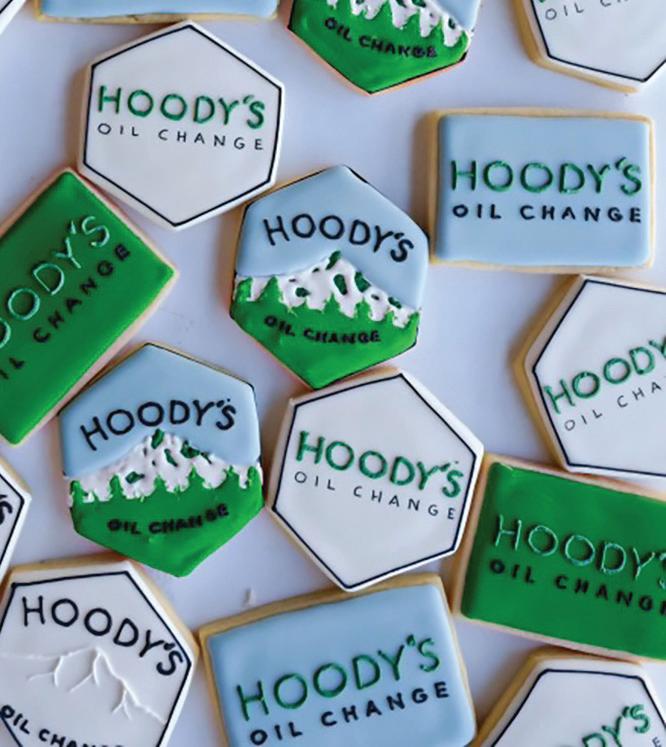
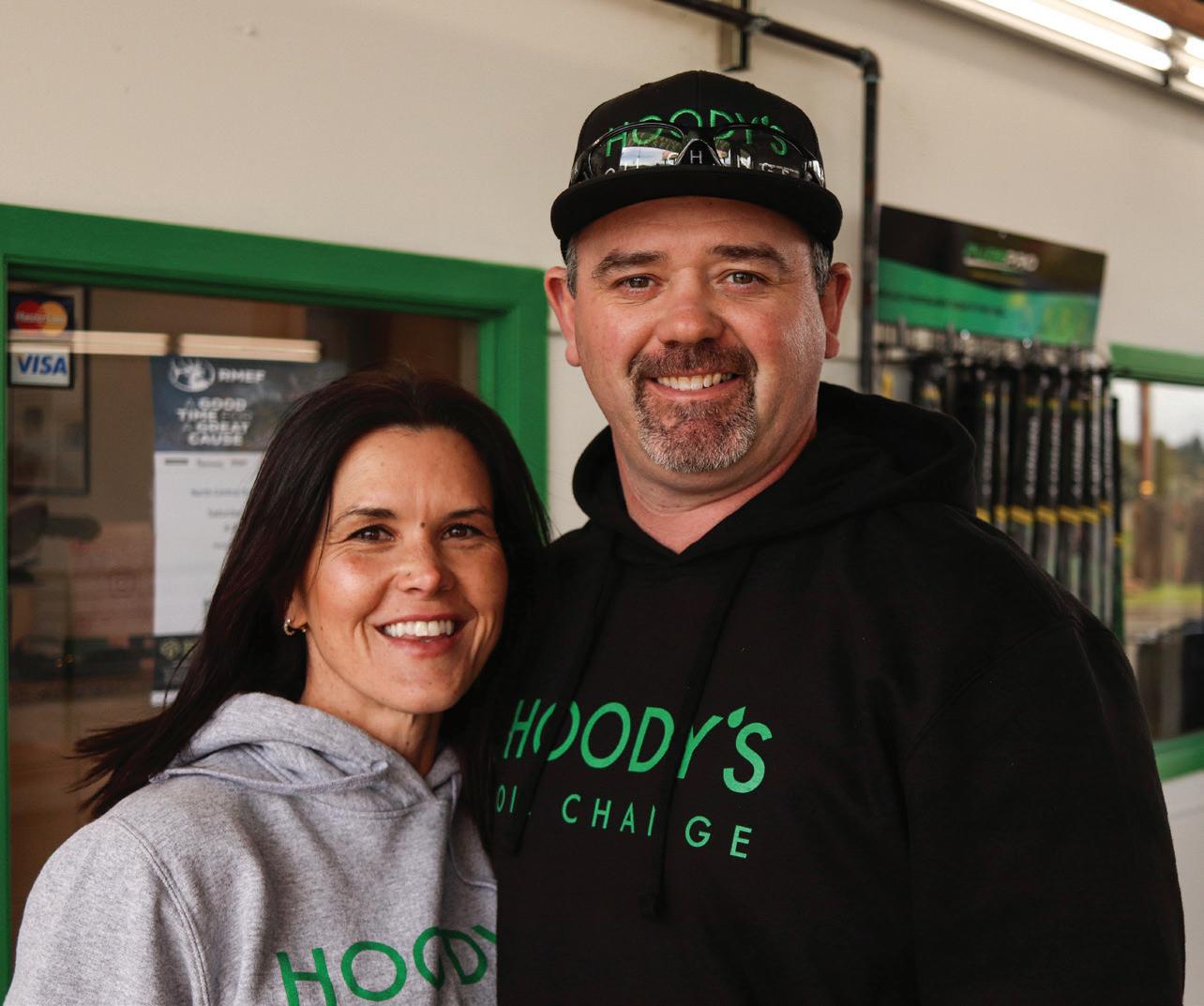
Jacobe has met many other owners and operators to exchange insight with as well.
In addition, Jacobe has been involved with the Preventative Automotive Maintenance Association for about a decade now, having even sat in on PAMA’s Hot Topics panel two years in a row.
The more that Jacobe saw the Premier Oil Change brand grow, the more he played with the thought of creating something that would be all his own.
“While I was doing that, I always kind of had the dream of owning my own oil change facility,” tells Jacobe. “It wasn’t very easy to do—took some time.”
Jacobe let the idea simmer until the perfect opportunity presented itself. Through old friends, Jacobe and Emily learned that the owner of a quick lube back in their hometown of Hood River had decided to sell his business. The shop, Hood River
Quick Lube, had been in town for around 20 years, with Jacobe and Emily remembering its presence as kids.
Emily and Jacobe sat down with the owner, and saw that he had been doing a great job running the facility. Upon returning to California, the couple knew that this was the next step for them.
“After we hit it off with them, we came home and kind of made a decision that we were going to try to open our own oil change facility,” says Jacobe.
Though the shop had been run well, its new ownership came with a complete makeover. Now rebranded as Hoody’s Oil Change, the building underwent a new paint job and was filled with new equipment.
One of the biggest challenges, though, was bringing the existing Team with a Dream Emily and Jacobe Krizman are the coowners of Hoody's Oil Change in Hood River, Oregon.
technicians along with the improvements. In addition to new equipment and an expansion of services, many of the existing techs were not trained in communicating with customers—something that Jacobe places a high value on.
“We’re really doing a lot of interacting with the customer, back and forth, a lot of talking, more personable. And some of the staff members that were there before were real quiet—didn’t like to talk, would just go about their day,” explains Jacobe.
Within a week, five employees turned into one, leaving Jacobe nearly running the shop as a one man show while also having to hire a new team. It was a tremendous challenge; working in a franchise network, Jacobe had been in situations where team members from surrounding stores would be brought in as needed, but that wouldn’t be an option this time.
But Jacobe made it work—not alone, but with the help of his family and friends, who volunteered time to help out at the shop for about three weeks until new, qualified technicians could be recruited and trained.
Indeed, the shop’s success has been dependent on several factors, one of which being co-owner Emily’s skills with marketing and social media.
Emily is no stranger to utilizing her talents in the auto repair space, either. For around two years, Emily managed Premier Oil Change’s social media and substantially bolstered the brand’s online following. When she and her husband opened Hoody’s, she sought to do the same for their own shop.
Hoody’s social media incorporates information for drivers into fun, entertaining content that connects users with the people in the shop through videos showing the team interacting and working together.

“I think people really enjoy seeing our employees’ personalities, seeing them have fun, seeing that we’re not just nose to the grindstone. We can have fun at the shop as well,” says Emily.
Hoody’s posts often get comments from people in the community, saying that they’re eager to see what the shop posts next. It’s clearly been a huge success, with the page having gained over 400 followers. Emily aims to increase that number to 1,000 by the end of the year.
Jacobe and Emily’s experience with Premier Oil Change prepared them not only with the skills needed to thrive, but also the industry connections. Possibly the most impactful was getting in touch with a former colleague who managed Premier’s accounting, and bringing her on to help at Hoody’s. Now, the shop has a trustworthy resource that is able to answer any questions Emily may have about finances at any time.
“She was great because she already had experience in the industry, versus just someone else that doesn’t really understand how (an oil change shop) operates,” says Emily.
Immersing themselves in the industry and gaining decades of experience beforehand made Hoody’s Oil Change possible for Jacobe and Emily. To this day, Jacobe emphasizes how important it is for every shop owner to be involved in the industry, and to make connections that could be lifesavers down the line.
“My biggest word of advice would be to have as many relationships as possible with people in the industry. This would have never happened if it wasn’t for the relationships that I have with a lot of people,” says Jacobe.


BY PETER SUCIU
REGARDLESS OF THE TYPE OF car on the track, auto racing vehicles share one thing in common: They’re high-speed billboards with no shortage of product placements. It is a very big business.
Formula 1 tops the auto racing market with $2.6 billion in annual sponsorships, and not surprisingly, its cars promote luxury brands that include Rolex, Heineken, and Pirelli. NASCAR’s sponsorships are in the hundreds of millions of dollars with Coca-Cola and Monster Energy as some of its top brands.
Yet, since the earliest days of auto racing, lubricant brands have been major sponsors. That trend continues today as Mobil 1 has been the official motor oil of NASCAR since 2003, while Pennzoil Performance+
Racing Oil was named the official lubricant of the 2024 NTT IndyCar Series. In Formula 1, different brands now sponsor some of the premier teams, with Valvoline being the official lubricant partner for the Aston Martin Aramco Formula 1 Team, and PETRONAS Sythium as the engine oil for the Mercedes-AMG Petronas F1 Team.
In February, Costa Oil Filters entered into a sponsorship with stock car racer Carson Ware, who expressed gratitude to the brand, while the company also praised Ware’s “relentless competitive spirit.”
Having the brand on a winning racecar, like the ones driven by Ware, or as part of a successful team may not
be “free” advertising, but it could be considered an extremely wise investment.
“Sponsorships between automotive brands and professional auto racing create a halo effect that benefits quick lube shops. When consumers see high-performance vehicles and top-tier brands associated with racing, it reinforces a perception of quality, speed, and reliability—values that quick lube businesses can align with to build trust and drive customer loyalty,” explains Angeli Gianchandani, global brand strategist and adjunct instructor of marketing and public relations at New York University.
She tells National Oil and Lube News that auto racing can provide marketing differentiation, even to
a consumer who likely knows very little about the types of motor oil on the market today. Seeing the Mobil 1 logo on a car, alongside other brands, helps make it a household name.
That familiarity gives the brand a competitive edge, and it is one that quick lube shops can take advantage of by carrying those brands.
“Quick lube shops can leverage the excitement of racing sponsorships to differentiate themselves in a crowded market,” Gianchandani added. “Whether through in-store promotions, themed experiences, or even loyalty programs tied to racing events, aligning with the performance-driven narrative of motorsports helps position their services as fast, efficient, and high quality.”
Auto racing can also be a way to connect with fans and casual viewers alike. This is true of brands such as Pennzoil and Quaker State, which each have deep involvement in motorsports, where companies say it is about product credibility. Motorsports sponsorships help reinforce consumer confidence in these brands and also serve as an educational and marketing tool for shop owners and operators. Promotions tied to racing sponsorships can drive traffic.
“Motorsports is more than just brand recognition—it’s about proving our technology and product performance where it matters most,” says Rob Kenny, Valvoline global operations chief brand officer. “In our racing partnerships, we generally will supply lubricants to the team as part of the overall agreement. When they have success, it further reinforces trust with our technology, product, and brand.”
The company has a long and rich history—one going back nearly 160 years—wiwith auto racing.
“Sponsorships aren’t just about visibility; they’re about validation, trust, credibility,” Kenny tells NOLN.
“When teams trust Valvoline to perform at the highest levels, it’s a statement to every driver—weekend warriors and casual fans alike—that we’re not just another logo on a car. We’re an integral part of what keeps these machines performing at peak performance. Whether you’ve been following racing for decades or you’re a newer fan, sponsorships give us the chance to show what’s under the hood—not just in a racecar, but in every engine that counts on Valvoline every day.”
It would be an understatement to suggest that branding in motorsports isn’t just important—instead, it remains the cornerstone of the sport.
”From Formula 1 to NASCAR to rally and endurance racing, teams and partners share a common goal: pushing the limits of what’s possible. The approach differs by series, but the mission remains the same: proving performance, building trust, and driving innovation forward,” suggests Kenny.
partnership with motorsports is a proving ground, not just a platform. Whether it’s synthetic innovation in F1 or durability and friction reduction in stock cars, our message is clear: When performance matters, Valvoline delivers.”
For companies like Valvoline, the product placement is often alongside other brands, and that does require some consideration.
”Being alongside some of the world’s most recognized brands is an honor, but what sets Valvoline apart is that we’re not just a sponsor— we’re a performance partner,” says Kenny. “While others bring financial backing and other resources needed for the team’s success, we bring technology that directly impacts what happens on the track.”
For the shops located far from the racetracks in Daytona or the Indianapolis Motor Speedway, this branding still can drive awareness and provide opportunities to build relationships with customers.
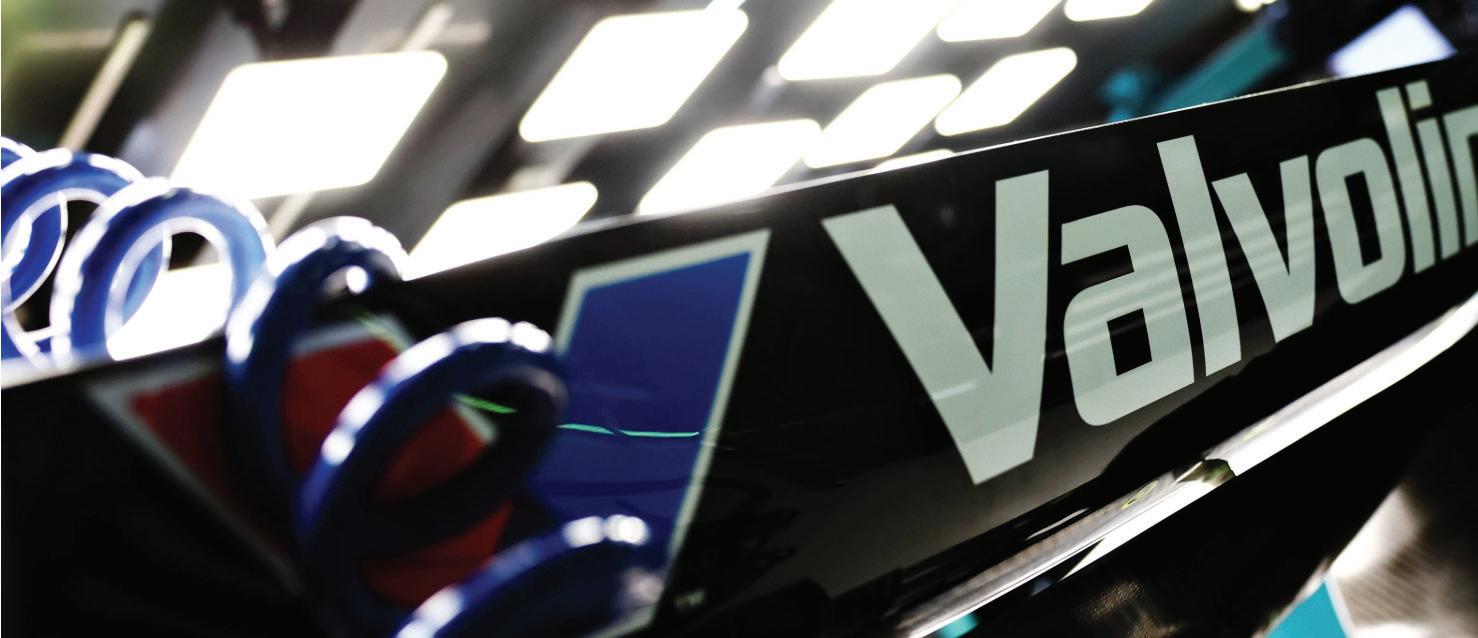
He adds that is why Valvoline also goes beyond just putting its name on a car and says that the company has always been about more than a sticker on a fender or a logo on an engine cover.
“We’re inside the gearbox or transmission, delivering the technology that makes every lap count,” Kenny continues. “Our

“By tapping into motorsports sponsorships, quick lube businesses can create engaging promotions, such as discounts after race weekends or partnerships with local car clubs, to connect with passionate auto enthusiasts and everyday drivers alike,” says Gianchandani. “This not only increases foot traffic but also enhances brand recall.”
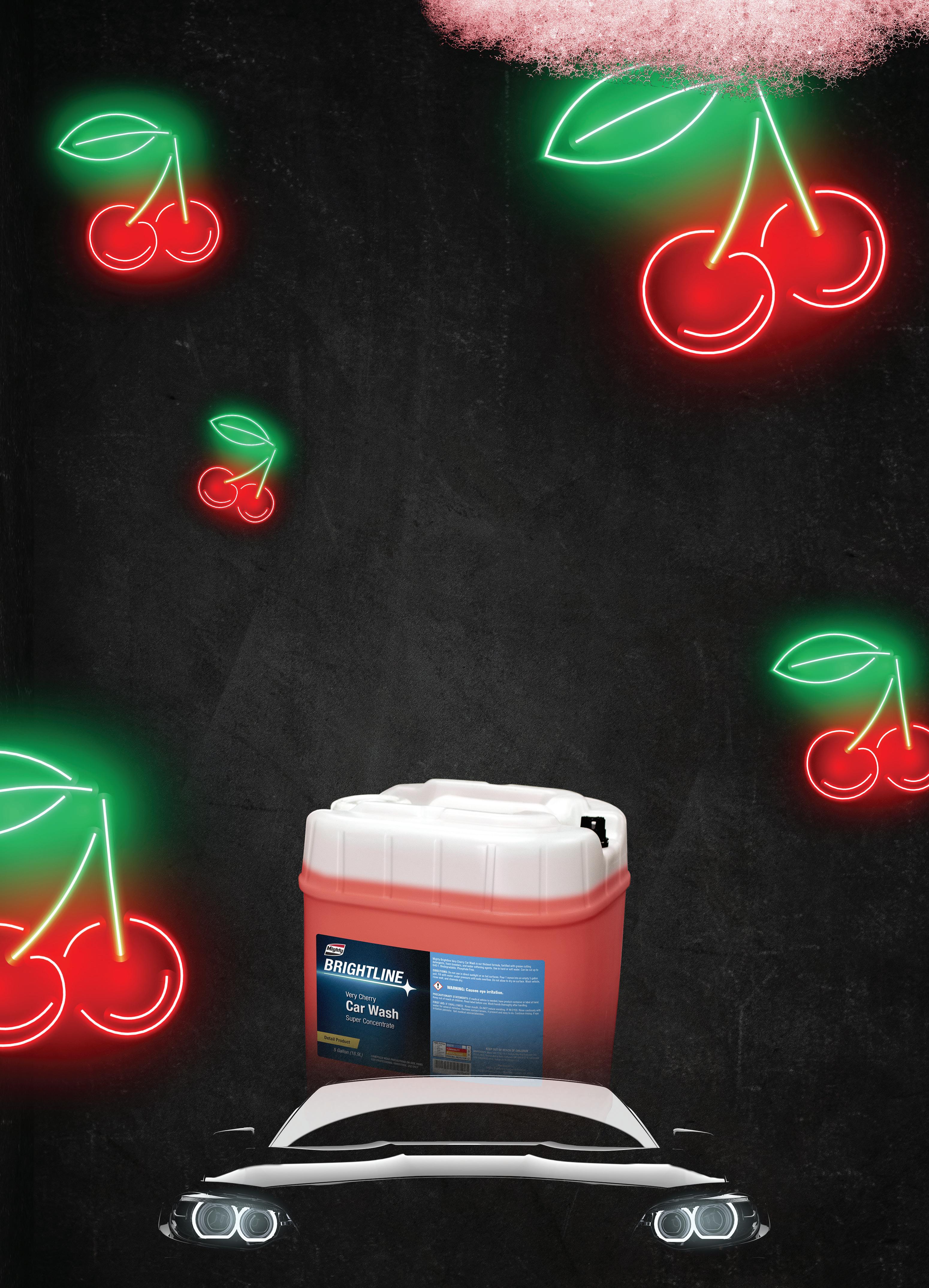



Two owners with very small teams share what it takes to keep their quick lube operations running strong
BY CAROL BADARACCO PADGETT
PETER ESPOSITO BUILT HIS four-bay quick lube and car wash business from a weeded lot nearly 22 years ago. As the owner of Mountain Lakes Autowash and Quaker State Express Oil Change in Hewitt, New Jersey, Esposito employs seven full-time and two part-time workers.
His team members’ key strengths? “They’re all competent, they like what they do, and they have a great relationship with our customers,” Esposito says. “One thing leads to another.”
About a 16.5-hour drive to the west sits another small and steadily profitable operation, Ken’s Fast Lube in Mexico, Missouri. The shop is run by owner Kevin Shaw, who employs four people in the two-bay operation he bought 21 years ago from its founder, Kenny Dowell, with Valvoline Oil as its main franchise.
When asked how he runs such a tight ship year after year successfully, Shaw says, “Everybody can do everything. My employees know the customers by name, and my son and one other person can handle the office so I can get a Saturday off.”
For Esposito, geography is on his side and keeps the competition at bay—because there’s simply no place to build in the immediate vicinity.
“Our shop (in Hewitt, population just under 7,500) is in the Highland Region of North Jersey, and it’s a very sensitive area in terms of forestry and reservoirs. We’re surrounded by an 11-mile lake and huge mountains, and it limits the type of development you’ll get in the area. It’s very rustic and rural,” he says of the locale.
“The closest quick lube is 15 miles in any direction, if not more,” he adds.
Although the area is compact, Esposito has seen traffic increase over the past 20 years. Even since the COVID-19 pandemic, the demographic has shifted in a way that ended up being advantageous for his business.
“It forced the city dwellers out of the cities and brought them out here, out of Manhattan, looking for safety,” Esposito describes. “It was something good that came out of something bad.”
For Shaw in Mexico, Missouri, location is also his friend. Even though the town’s population is relatively small at just over 11,500, Ken’s Fast Lube also pulls traffic from a number of neighboring rural townships that are practically a stone’s throw away.
He finds that his business’s longevity and reputation for service are a magnet to these neighbors, even when times are tight.
As Shaw describes, “Even though the market is down because of oil prices, it’s still above normal because we get business from surrounding areas in Audrain County (Missouri)— Paris, Moberly, and also Columbia,” a city 40 minutes away with a population of nearly 130,000 that’s home to the University of Missouri.
In Mexico alone, Shaw’s business has a leg up on the local competition. “We have what we need right here,” he says.
In terms of the customer experience, a quick lube should be … quick. Shaw and Esposito both note that small operations like theirs can oftentimes master the art of such service.
“It’s just a matter of everybody working harder, stepping up, and getting the customer in and out in a timely manner—and making sure they leave happy,” Esposito says. “These are the keys to success.”
He adds, “It’s hard work and common sense. We’re efficient and organized, and we look like the day we opened 22 years ago. I’m a neat freak.”
For Shaw, a shining attitude goes the distance, as well. He shares the
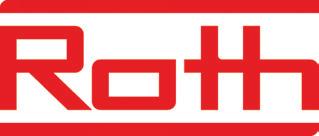
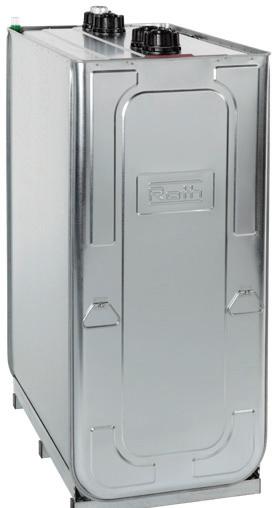
cautionary tale of a larger quick lube franchise in nearby Moberly that, despite all its resources, dried up and had to shut down. “When you’d walk in, the customer was not treated politely and the price was not right,” he says.
At Ken’s Fast Lube, Shaw and his small team work diligently to ensure that each customer is personally seen and heard, in addition to getting top-notch service. People talk, and he uses that to his advantage and saves on marketing dollars in the process.
As Shaw simply sums up, “Wordof-mouth and repeats.” These are his quick lube’s consistent drivers for business success.
For Esposito’s combination quick lube/car wash, he finds that offering both services works to his advantage, where getting one service can save a customer money on the other. And surprisingly, even though his small crew must work especially hard to offer both services with equal excellence, he finds that this nuance works in the business’s favor.
“I think the variety helps keep us from getting bored,” Esposito says. “Because every day there’s variety in
For Peter Esposito, keeping
Sometimes, though, meeting customers’ needs means finding creative answers for common problems.
Over the years in the quick lube business, Esposito found a solution to a pressing industrywide issue: customers’ leaking oil pans.
“Early on I’d replace them and eat the cost, but I wanted an answer to the drain plug problem.”
Instead of expecting customers to spend $1,000 to $3,000 for a new oil pan, Esposito created a solution to the drain plug problem. His product is called Eco-Plug, and it sells at retailers AutoZone and Walmart for about $8.99.
“It takes one second to install and a 5-year-old could do it. Line it up and push it in,” he says.
what can be kind of a monotonous business.”
He adds, “Between the car wash and the oil change, we’re able to alternate who works where, switch it around, and again, everybody knows how to do everything.”
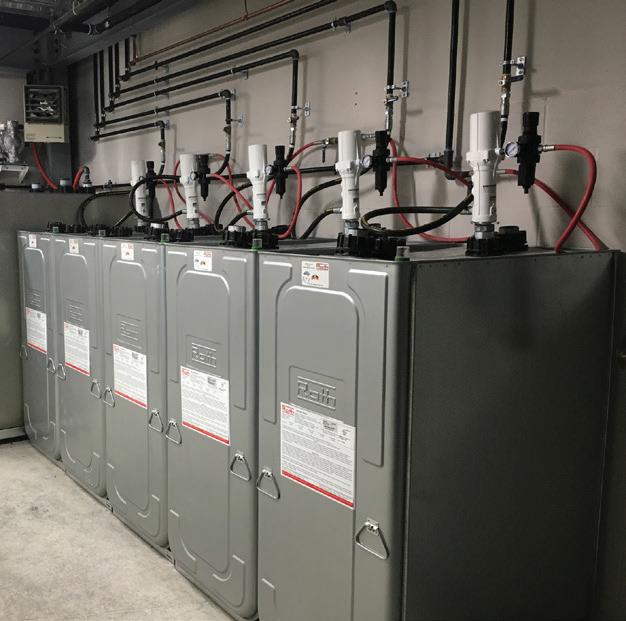

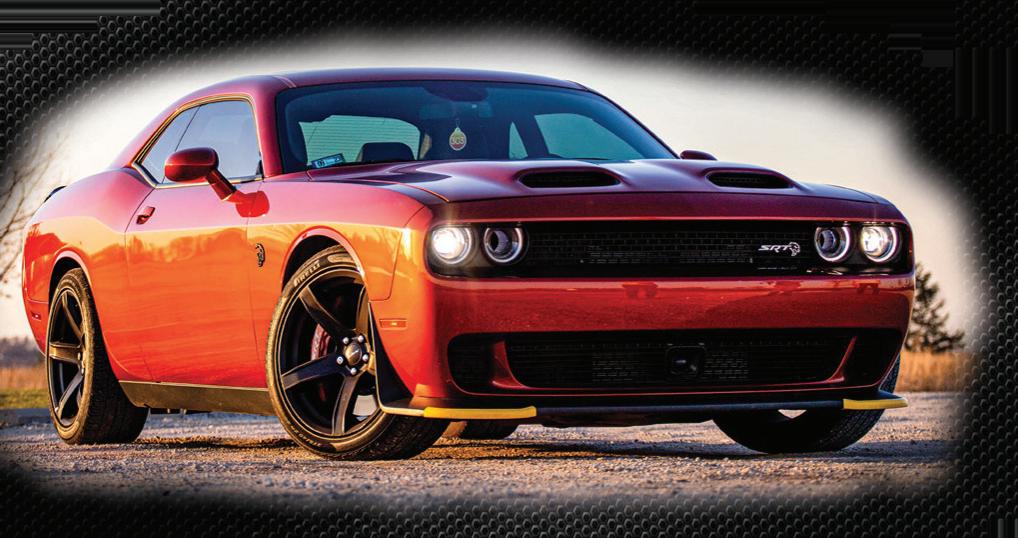





• BUY AT DISCOUNTED PRICES • RECEIVE PRODUCT TRAINING & SUPPORT
• ACCESS TO THE ENTIRE PRODUCT LINE • EXPAND YOUR REVENUE CHANNELS



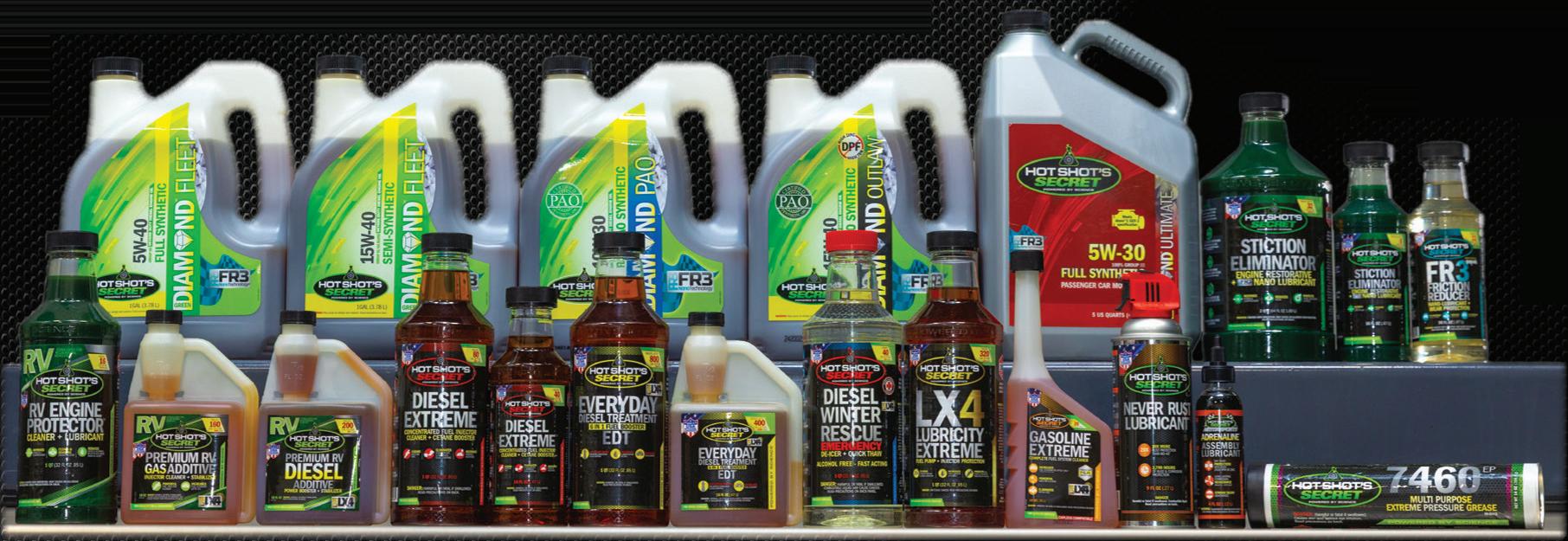




Maintain a strong online reputation by having a plan in place for addressing the complaints of unhappy customers
BY ENID BURNS
A SOCIAL MEDIA PRESENCE can boost a quick lube business. However, one bad review can quickly overshadow helpful posts, stellar reviews, mentions and tags, and hearts and likes. Many companies are present across social media sites and rely on customer review platforms such as Nextdoor, Google, Yelp, and other services heavy on reviews and customer feedback. These sites are also more challenging to manage, as the meat of these pages comprises customer ratings and reviews.
Even a perfect service visit can end up with an unhappy customer if specific criteria aren’t met. When asked whether Grease Monkey Quick Lube and Monkey Shine Car Wash in Farmington, New Mexico, has ever received a negative review, owner and NOLN editorial board member Aleisha Hendricks has an answer most businesses are likely familiar with.
“Absolutely! Who hasn’t?” Hendricks exclaims. “Customers are less understanding than ever, in my opinion.”
It is essential not to ignore critical customer reviews. Monitor social media sites for reviews, mentions, and other posts, and address them.
Sites such as Google and Yelp are crucial to any business. They are also the sites where there is likely the least amount of control. A shop owner can hope customers leave their location and go to Google to write a glowing review. However, unhappy customers are sometimes more likely to visit the site to post a negative experience.
“Most recently, I had a one-star Google review with some brutal feedback and the threat of losing my largest fleet customer because of the issue,” Hendricks tells NOLN. “Part of the allegations were true, much of it false, misunderstood, or blown completely out of proportion.”
It is always appreciated when a customer reaches out to the manager or owner prior to going public, especially such a large customer. That was not the case for Grease Monkey Farmington. The customer had a misunderstanding about the price as a fleet customer, though he was having his personal vehicle serviced. The shop addressed the situation at the time, adjusting the price and offering a discount. The crew thought the matter was resolved. The customer still voiced his experience on Google.
“He took to Google anyway for a scathing review,” Hendricks recounts. “He referred to my location as a fraudulent business and my techs as liars. I was unaware he was employed at one of my largest fleet accounts at the time of service. In his review, he threatened to remove me as a
preferred vendor from his place of employment. Naturally, this was incredibly worrisome.”
Don’t wait for a negative review before developing protocols to address the complaint with the individual and the social media platform. Have a plan in place, and put it into action.
“As with any bad review, I started the process of attempting to turn this around,” says Hendricks. “I provided everything needed for the customer to understand that we had not taken advantage of him. I supplied parts receipts and camera footage to prove my innocence.”
An apology is also helpful.
“I apologized for the lack of communication during the check-in process of what this service would
cost in its entirety. This was enough for the customer to retract the full refund demand. However, he intended to leave the review and continue pursuing the end of our fleet business relationship. I chose to go an empathetic route of understanding how truly put out this customer was by the pricing issue.”
After several lengthy conversations, Hendricks concluded the shop should have given him a printed quote at the time of service. The shop offered a refund of one hour of labor, and the customer agreed to remove the review.
Hendricks also contacted the customer’s superior to discuss the issue and the customer’s threats. Grease Monkey Quick Lube retained its status as a preferred vendor with the fleet customer.



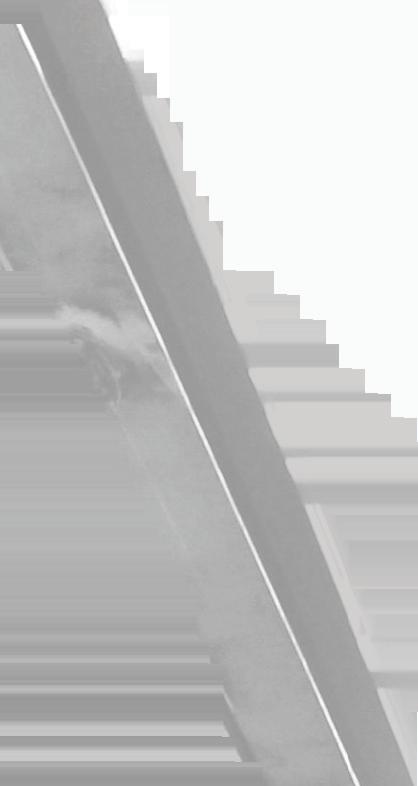

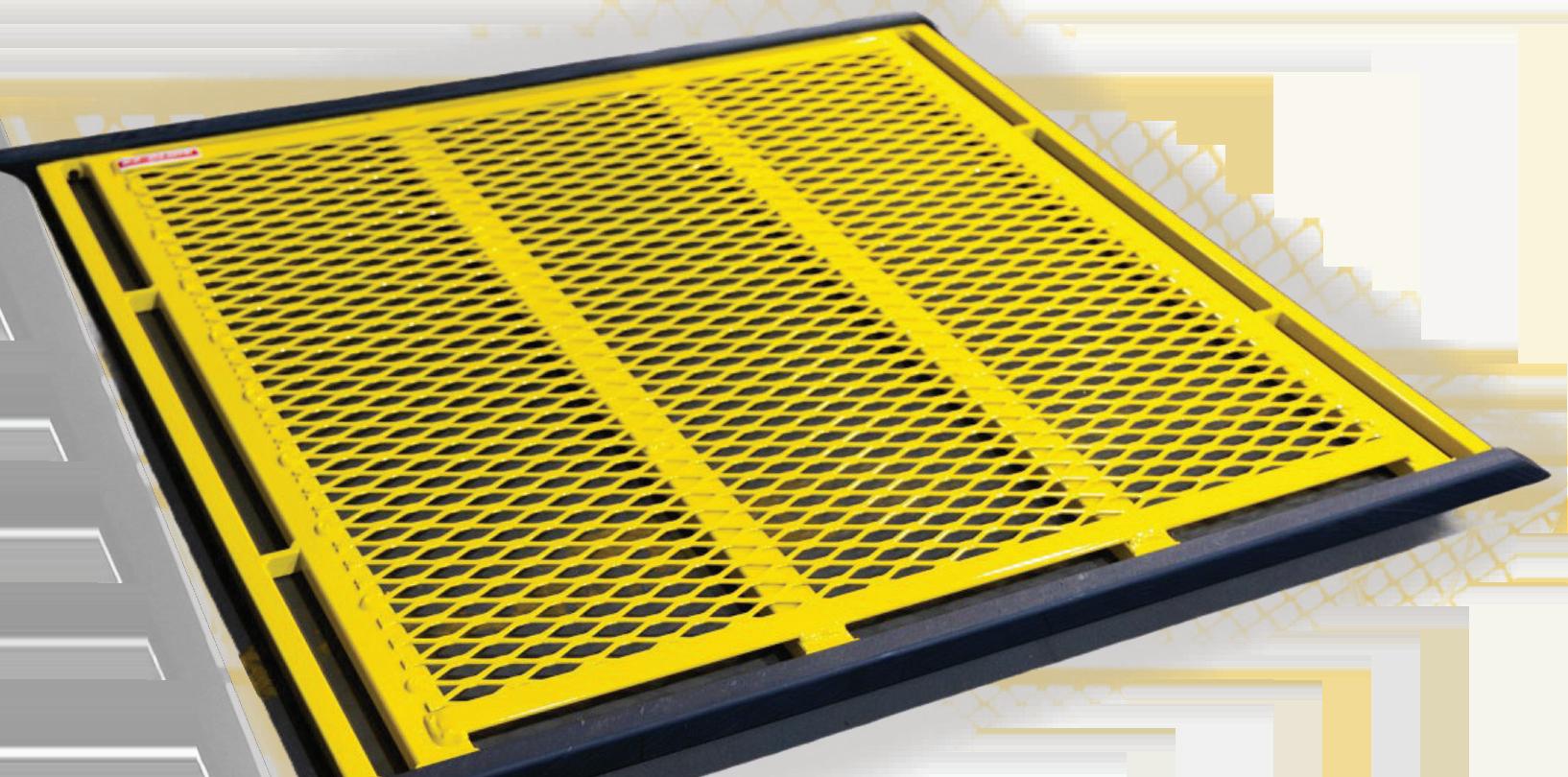





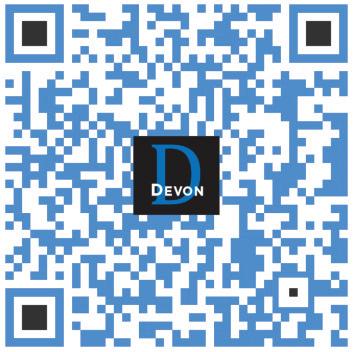
Grease Monkey Quick Lube in Farmington maintains a social media presence across several platforms, “but not near what I wish I had time for,” Hendricks adds.
The shop uses platforms including Facebook, Instagram, Nextdoor, and TikTok advertising, and monitors Google and Yelp profiles. Hendricks and her team often check each social media account to keep up with mentions and tags. The shop uses software to monitor its social media presence.
“I get an email when we get a new review on Google,” Hendricks says. Keeping the conversation going on platforms helps keep customers engaged. It is also important to quickly engage when a negative review shows up.
“I immediately apologize for any miscommunication or inconvenience, and let the customer know publicly that I will be reaching out to resolve the issue,” Hendricks informs. “I stay calm and professional when responding. Each review is treated uniquely and always different mostly because we should never get a bad review for making the same mistake twice.”
Separate mistakes from misunderstandings.
“If the review highlights a legitimate issue, I quickly address the specifics of the concern so the customer knows I am paying attention,” says Hendricks. “I offer a solution that fits the problem and invite further communication to resolve the matter and negotiate the removal or reversal of the negative review.”
After working with the disgruntled customer and discussing the matter with the fleet client’s superior, Hendricks received a reversal on the negative Google review after “several days of turmoil, apologizing, and negotiating,” Hendricks confides.
“The negative review was replaced with a five-star review. This was one of the more difficult reviews to turn around.”
Of course, catching the issue before a customer writes a review is always helpful.
“The easiest way to avoid negative posts and reviews is with clear and steady communication, consistent and fair pricing, dependable service, friendly staff, and help to manage customers’ expectations of each individual service,” says Hendricks.
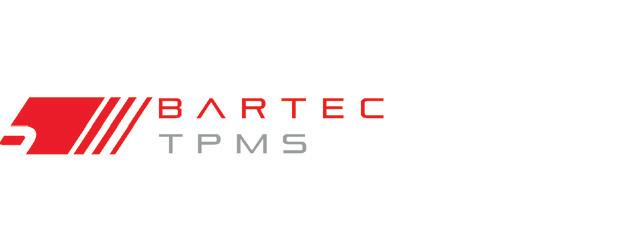

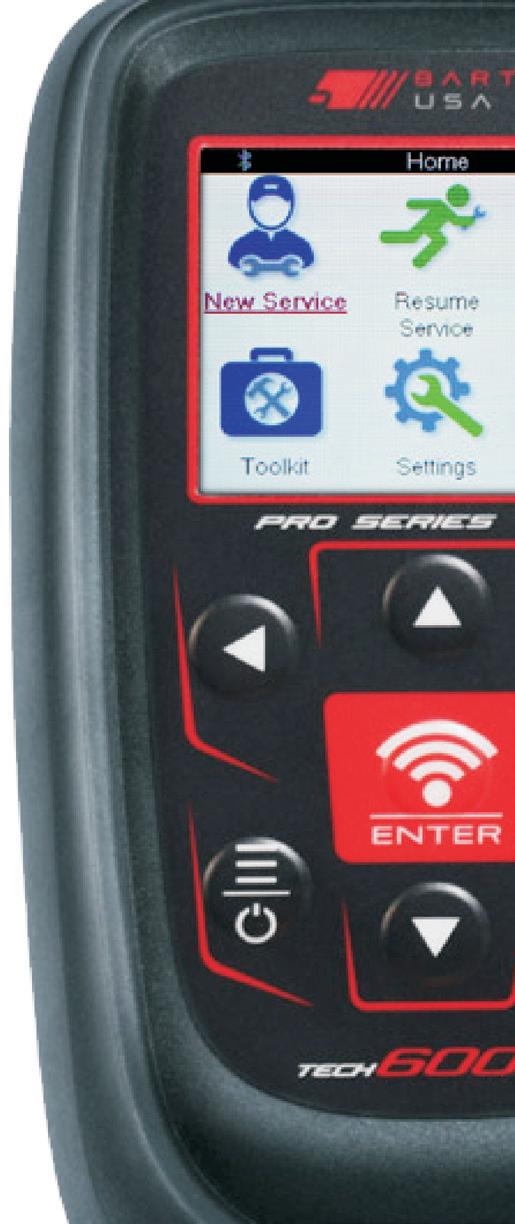






EVERY OIL CHANGE IS EITHER AN OPPORTUNITY GAINED TO BETTER SERVICE today’s vehicles or an opportunity lost as your shop lacks the necessary inventory to get the job done.
Which will you be?
As more rigorous and specifi c recommendations come from OEM factory fl oors, the range of new specialized oils has expanded exponentially to meet those needs. If you don’t stock the specialty motor oils—varieties of synthetic, synthetic-blend, highmileage, and diesel—to service the vehicles rolling through your bays, rest assured your competitors are taking advantage. That’s why NOLN has compiled the annual Specialty Motor Oil Guide presented by Valvoline Global Products, a comprehensive list of the specialty motor oils available.
What is specialty motor oil? It’s anything that falls outside the term conventional oil. Inside, you’ll find a growing list of high-tech synthetic oils as well as synthetic blends. These oils cater to a growing array of SAE grades as required by manufacturers, but they also address driver needs. Varieties of high-mileage, truck oil and even hybrid oils have been developed to help customers choose the right product.
NOLN also lists which engine oil specifi cations a product meets, be it API, ILSAC, ACEA, dexos or other.
Don’t let tomorrow’s opportunity pass you by. Be sure your shop is stocked with every oil the market demands.
Mobil 1 API SP Resource Conserving, SP, SN Plus, SN (5W-20, 5W-30, 10W-30); API SN (15W-50)
Mobil 1 High Mileage
Mobil 1 Advanced Fuel Economy
Mobil 1 ESP, ESP X2, ESP X4
Mobil 1 FS, FS X2
Mobil Full Synthetic
Mobil Full Synthetic High Mileage
API SP Resource Conserving, SP, SN Plus, SN (0W-20, 5W-20, 5W-30, 10W-30); API SP, SN Plus, SN (10W-40)
API SP Resource Conserving, JASO GLV-1 (0W-8); API SP Resource Conserving, SP, SN Plus, SN (0W-16, 0W-20, 0W-30)
API SP Engine Test requirements (X2 0W-20, 0W-30); API CF, SP (X4 0W-40); API SP (5W-30)
API SP, SN Plus, SN (0W-40, 5W-40, X2 5W-50); API CF, SL, SP Engine test requirements (5W-30)
API SP Resource Conserving, SP, SN Plus, SN (0W-20, 5W-20, 5W-30)
API SP Resource Conserving, SP, SN Plus, SN (0W-20, 5W-20, 5W-30)
Mobil Super Synthetic Euro API SP, SN Plus, SN, CF (5W-40)
Mobil Super
Mobil Special
API SP Resource Conserving, SP, SN Plus, SN (5W-20, 5W-30, 10W-30); API SP, SN Plus, SN (10W-40)
API SP Resource Conserving, SP, SN Plus, SN (5W-20, 5W-30, 10W-30); API SP, SN Plus, SN (10W-40)
Mobil Delvac 1 ESP API SN, CK-4 (0W-40, 5W-30, 5W-40)
Mobil Delvac Extreme API SM, CK-4 (15W-40); API CK-4 (10W-30)
Mobil Delvac 1300 Super API SP, SN, CK-4 (10W-30, 15W-40)
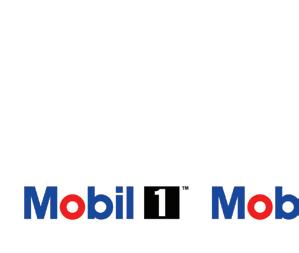



GF‐6A (5W-20, 5W-30, 10W-30)
GF-6A (0W-20, 5W-20, 5W-30, 10W-30)
GF-6B (0W-16); GF-6A (0W20, 0W-30)
C6, C5 (X2 0W-20); C3 (0W30, 5W-30); C2, C3 (X4 0W-40)
GF-6A (0W-20, 5W-20, 5W-30)
GF-6A (0W-20, 5W-20, 5W-30)
GF-6A (5W-20, 5W-30, 10W-30)
GF-6A (5W-20, 5W-30, 10W-30)
0W-20, 5W-20, 5W-30, 10W-30, 10W-40
0W-8, 0W-16, 0W-20, 0W-30
DexosD (X2 0W-20) 0W-20, 0W-30, 0W-40, 5W-30
A3/B4 (0W-40, 5W-40, X2 5W-50, 5W-30) 0W-40, 5W-40, 5W-50, 5W-30
GM Dexos1Gen3 (5W-30) 0W-20, 5W-20, 5W-30
0W-20, 5W-20, 5W-30
A3/B4 (5W-40) 5W-40
5W-20, 5W-30, 10W-30, 10W-40
5W-30, 5W-30, 10W-30, 10W-40
E9, E7 (5W-30); E11, E7 (5W-40) 0W-40, 5W-40, 5W-30
E11, E7 (10W-30, 15W-40) 10W-30, 15W-40

E11, E7 (10W-30, 15W-40) 10W-30, 15W-40 © 2025 ExxonMobil. All rights reserved. All trademarks used herein are trademarks or registered trademarks of

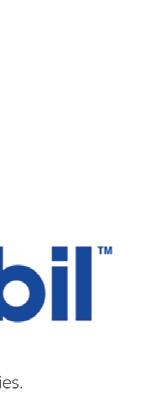
GREEN DIAMOND FLEET 100% Group III FULL SYNTHETIC 10W-30
GREEN DIAMOND FLEET
100% Group III FULL SYNTHETIC Heavy Duty Engine Oils
GREEN DIAMOND FLEET
CK-4
15W-40 SEMI-SYNTHETIC Heavy Duty Engine Oils API CK-4
BLUE DIAMOND SEVERE DUTY
100% Group IV PAO Synthetic 10W-30
BLUE DIAMOND SEVERE DUTY
100% Group IV PAO Synthetic Engine Oils
CK-4
Caterpillar ECF-1-a, ECF-2 and ECF-3 Detroit Diesel DDC93K218 & DFS 93K222 Cummins CES 20081, CES 20086 Mack EO-O Premium Plus, EOS-4.5 Deutz DQC III-10 LA, CF Ford WSS-M2C171-F1, Volvo VDS-4, VDS-4.5, VDS-3, ACEA E7, E9 MB 228.31 MAN 3275 & 3575 JASO DH-2 MTU Type2.1, Type I & II Renault VI RLD-3, VI RLD-4
Caterpillar ECF-1-a, ECF-2 and ECF-3 Detroit Diesel DDC93K215, DDC93K214, DDC93K218, DDC93K222 Cummins CES 20081, CES 20086 Mack EO-O Premium Plus, EOS-4.5 Deutz DQC III-10 LA Ford WSS-M2C171-F1 Volvo VDS-4, VDS-4.5 B 228.31 MAN 3575
JASO DH-2 Renault VI RLD-3, RLD-4
5W-40, 15W40
Caterpillar ECF-1-a, ECF-2 and ECF-3 Detroit Diesel DDC93K215, DDC93K214,DDC93K218, DDC93K222 Cummins CES 20081, CES 20086 Mack EO-O Premium Plus, EOS-4.5 Deutz DQC III-10 LA Ford WSS-M2C171-F1 Volvo VDS-4, VDS-4.5 MB 228.31 MAN 3575 JASO DH-2 Renault VI RLD-3, RLD-4 15W-40
Caterpillar ECF-1-a, ECF-2 and ECF-3 Detroit Diesel DDC93K218, DDC93K222 Cummins CES 20081, CES 20086 Mack EO-O Premium Plus, EOS-4.5 Deutz DQC III-10 LA, DQC III-18LA, Ford WSS-M2C171-F1 Volvo VDS-4, VDS-4.5 MB 228.31 MAN 3575 JASO DH-2 Renault VI RLD-3, RLD-4
Caterpillar ECF-1-a, ECF-2 and ECF-3 Detroit Diesel DDC93K215, DDC93K214, DDC93K218, DDC93K222 Cummins CES 20081, CES 20086 Mack EO-O Premium Plus, EOS-4.5 Deutz DQC III-10 LA, DQC III-18LA, Ford WSS-M2C171-F1 Volvo VDS-4, VDS-4.5 MB 228.31 MAN 3575 JASO DH-2 Renault VI RLD-3, RLD-4
CK-4 with High Zinc & TBN for non-emissions engines
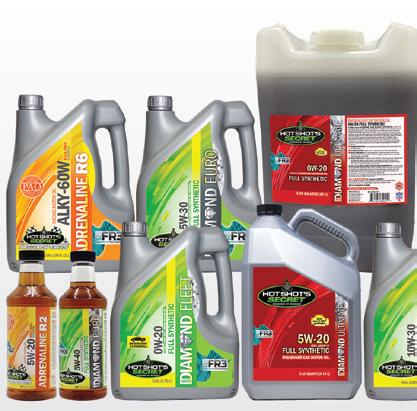


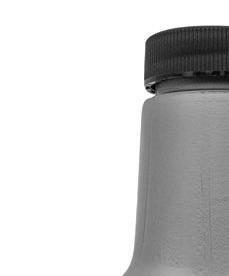
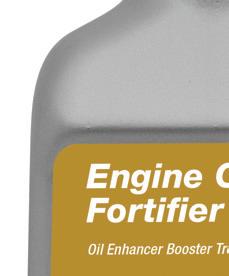



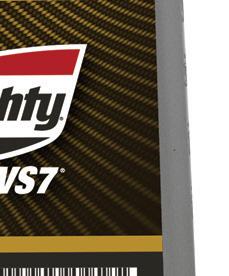
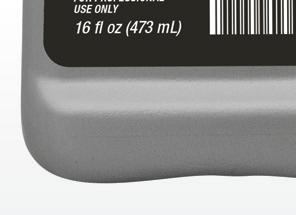
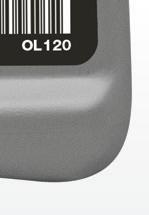
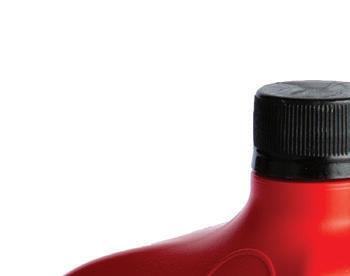



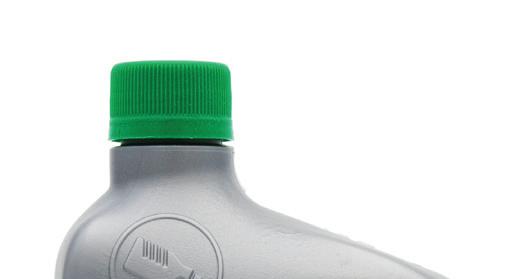
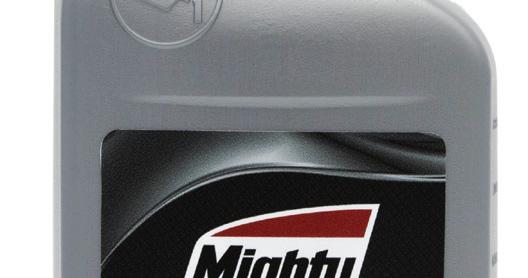

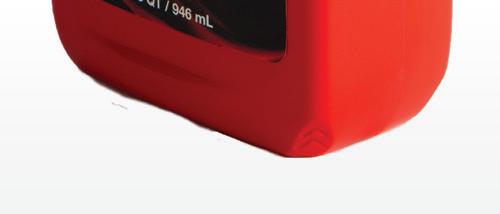



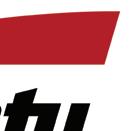
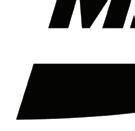
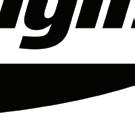


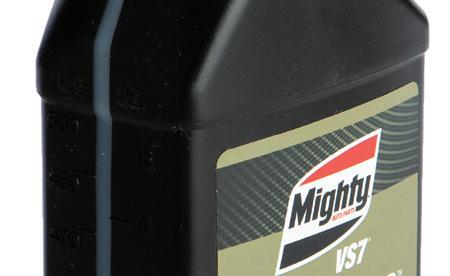
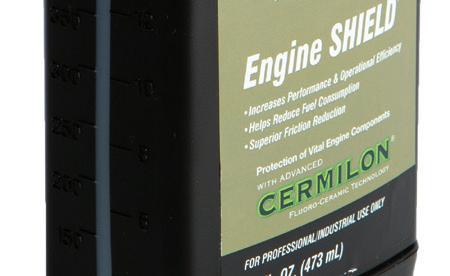

DuraMAX Synthetic Blend SP Resource Conserving, SN PLUS
DuraMAX Synthetic Blend SP, SN Plus
DuraMAX Synthetic Blend High Mileage SP Resource Conserving, SN PLUS
DuraMAX Synthetic Blend High Mileage SP Resource Conserving, SN PLUS
DuraMAX Full Synthetic dexos 1 Gen 3 SP Resource Conserving, SN PLUS
DuraMAX Full Synthetic dexos D SP, SN Plus
DuraMAX Full Synthetic SP Resource Conserving, SN PLUS
GF-6A
GF-6A
dexos 1 Gen 3
C5, C6
dexos D
DuraMAX XLT Full Synthetic SP Resource Conserving, SN PLUS GF-6A dexos 1 Gen 3 (0W-20, 5W30)

Chrysler MS-6395, Ford WSS-M2C945-B1 (SAE 5W-20), Ford WSSM2C960-A1 (SAE 5W-20), Ford WSS-M2C946-B1 (SAE 5W-30), Ford WSS-M2C961-A1 (SAE 5W-30), GM 6094M (SAE 5W-20, 5W-30, 10W-30)
Chrysler MS-6395, Ford WSS-M2C945-B1 (SAE 5W-20), Ford WSSM2C960-A1 (SAE 5W-20), Ford WSS-M2C946-B1 (SAE 5W-30), Ford WSS-M2C961-A1 (5W-30), GM 6094M
Chrysler MS-6395, Ford WSS-M2C962-A1 (0W-20), Ford WSSM2C961-A1 (5W-30)
Ford WSS-M2C952-A1 Jaguar Land Rover STJLR.03.5006 Mercedes-Benz MB 229.71 Opel OV0401547
"Chrysler MS-6395, Ford WSS-M2C962-A1, WSS-M2C947-B1 (0W-20), Ford WSS-M2C960-A1, WSS-M2C945-B1 (5W-20), Ford WSSM2C961-A1, WSS-M2C946-B1 (5W-30) GM 6094M"
Ford WSS-M2C962-A1 (0W-20), Ford WSS-M2C960-A1 (5W-20), Ford WSS-M2C961-A1 (5W-30), Chrysler MS-6395
DuraMAX XLT Full Synthetic JASO GLV-1
DuraMAX XLT Full Synthetic SP Resource Conserving, SN PLUS
DuraMAX XLT Euro Full Synthetic SN (0W-40, 5W-30, 5W-40) SL (0W-30), SP Resource Conserving (0W-20)
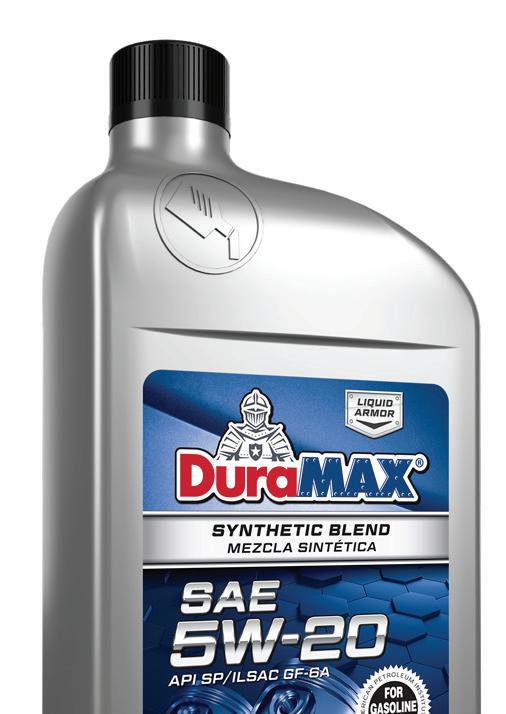

GF-6B
GF-6A (0W-20) A3/B4 (0W-30, 0W-40, 5W-40) C3-21 (5W-30), C521 (0W-20)
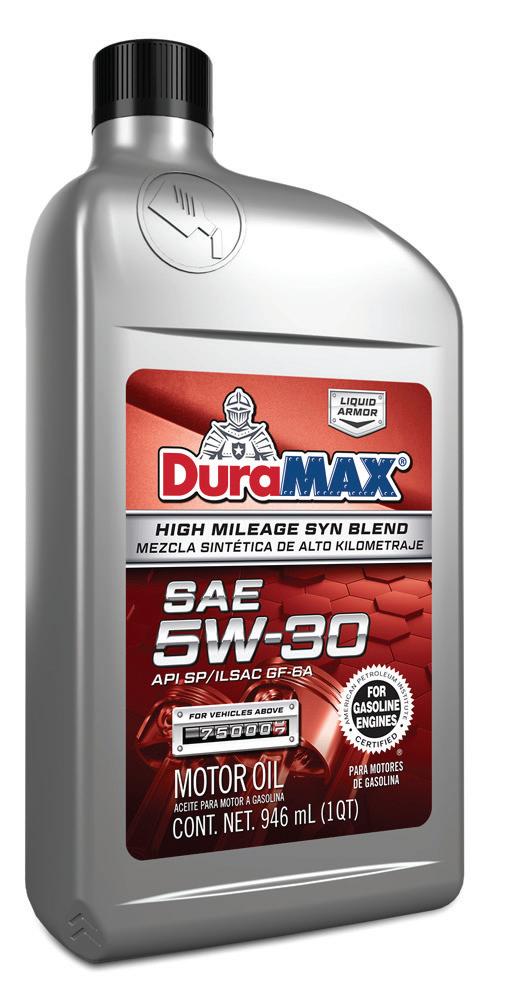
Ford WSS-M2C952-A1, Jaguar Land Rover STJLR.03.5006, Mercedes-Benz MB 229.71, Opel OV0401547
BMW LL-01, BMW LL-04 (5W-30), MB 226.5 (0W-30), MB 229.3, 229.5, MB 229.31 (5W-30), MB 229.51 (5W-30), MB 229.71 (0W-20), Porsche A40 (0W-40, 5W-40), Porsche C20 (0W-20), Renault RN 0700/0710, VW 501.01/502.00/505.00 (0W-30, 5W-40), VW 502.00/505.00 (0W-40), VW 505.00/505.01 (5W-30), VW 508.00/509.00 (0W-20)

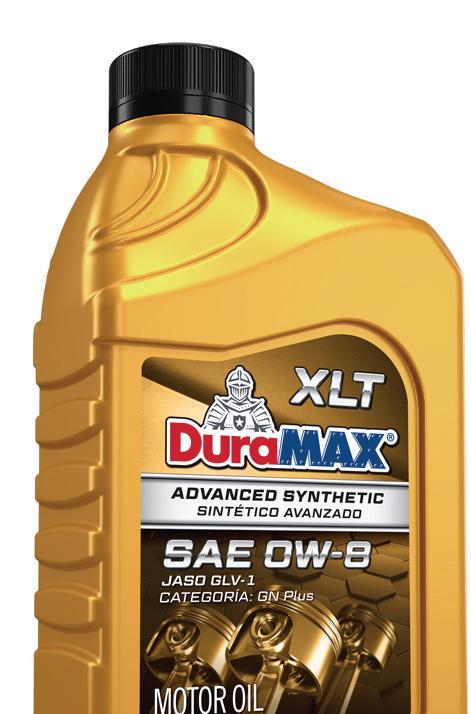



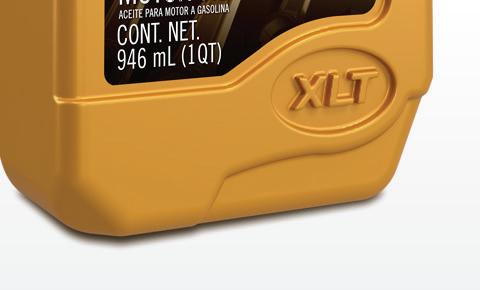

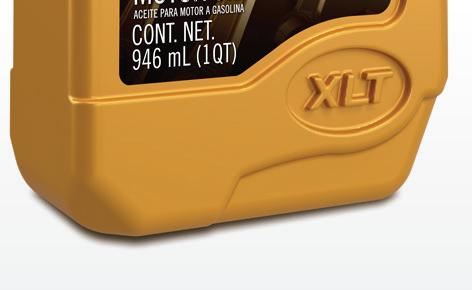

Royal Purple High Performance Full Synthetic Motor Oil SAE 0W-20
Royal Purple High Performance Full Synthetic Motor Oil SAE 5W-20
SN Plus, SN, SM GF-6A
SN Plus, SN, SM GF-6A
N
FCA US MS-6395, Ford WSS-M2C960-A Royal Purple High Performance Full Synthetic Motor Oil SAE 5W-30
Royal Purple High Performance Full Synthetic Motor Oil SAE 10W-30
Royal Purple High Performance Full Synthetic Motor Oil Euro Formulation SAE 0W-40
Royal Purple High Performance Full Synthetic Motor Oil Euro Formulation SAE 5W-40
Royal Purple HMX High Mileage Full Synthetic Motor Oil
Royal Purple HPS High Performance Street Full Synthetic Motor Oil
SN Plus, SN, SM GF-6A
SN Plus, SN, SM GF-6A
SN Plus, SN, SM n/a
SP, SN Plus, SN, SM n/a A3/B4-21
Royal Purple Duralec Super Diesel Motor Oil CK-4, CJ-4, CI-4+ n/a E7-16, E9-16
Royal Purple High Performance Full Synthetic European Formulation SAE 5W-30 SN n/a C3-21
Royal Purple High Performance Ultra-Low Viscosity Motor Oil SAE 0W-16 SP GF-6B
Royal Purple Max-Clean Fuel System Cleaner & Fuel Stabilizer
Royal Purple Max Atomizer Fuel Injector Cleaner
Royal Purple Max-Restore High Mileage Fuel Injector Cleaner
Royal Purple Max-Boost Octane Booster & Stabilizer
Royal Purple Max-Tane All-In-One All-Season Diesel Fuel Additive
Purple Ice Cooling System Optimizer & Conditioner

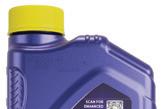

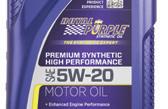
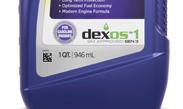
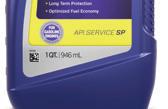
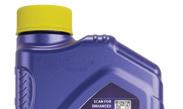

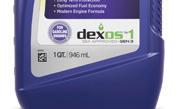







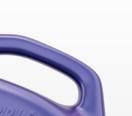




Y Chrysler FCA US MS-6395, Ford WSS-M2C961-A
LL-01; MB 226.5, 229.3 & 229.5; Porsche A40; PSA B71 2296; RN 0700/0710; VW 502.00 & 505.00
BMW LL-01; MB 226.5, 229.3 & 229.5; Porsche A40; PSA B71 2296; RN 0700/0710; VW 502.00 & 505.00
0W-20, 5W-20, 5W-30, 10W-30
5W-20, 5W-30,10W-30, 10W-40, 20W-50
"CAT ECF-3, Cummins CES 20086, Daimler MB 228.31, Detroit Diesel DFS 93K222, Deutz DQC III-10 LA, Ford WSS-M2C171-F1, JASO DH-2, Mack EO-S4.5, MTU Type 2.1, Renault RLD-4, Volvo VDS-4.5"
BMW Longlife-04; MB 229.31 & 229.51, Porsche C30; VW 504.00 & 507.00
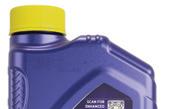
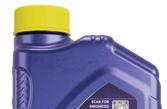
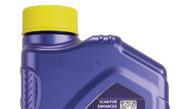

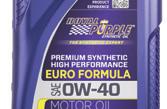
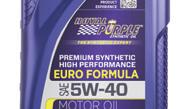

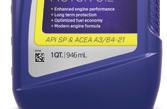







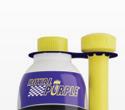


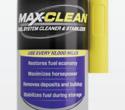


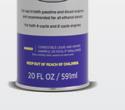


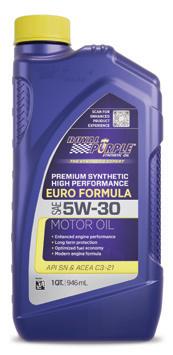
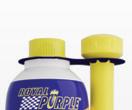

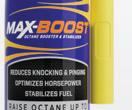
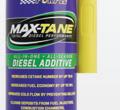

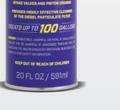
10W-30, 5W-40, 15W-40
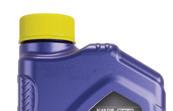



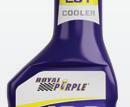
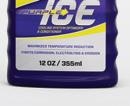
TotalEnergiesQuartz 9000 Future FGC API SP ILSAC GF-6A
Gen 3
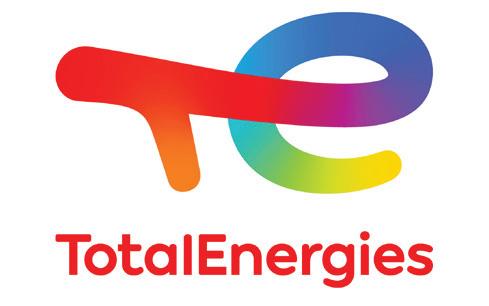
229.71 , Opel/ Vauxhall OV 040 1547 - A20, Ford WSS-M2C952-A1, Jaguar Land Rover STJLR 03.5006
TotalEnergies Quartz 7000 Future XT API SP ILSAC GF-6A
Wss-M2C961-A1, Meets requirements of Chrysler MS 6395, Meets or surpasses tecchnical requirements of many other american and Asian OEM
WSS-M2C960-A1, Meets the technical requirements of other American and Asian OEMs 5W-20, 5W-30, 10W-30

Valvoline Advanced Protection Full Synthetic
API SQ/SP/SN Plus/Resource Conserving: 0W-16, 0W-20, 5W-20, 5W-30, 10W-30, API SQ/SP/SN Plus: 20W-50
GF-7A: 0W-20, 5W-20, 5W-30, 10W-30, GF-7B: 0W-16
Dexos 1 Gen3: 0W-20, 5W-30
JASO M364 GLV-1: 0W-8
5W-30 XL-III: ACEA C3, 0W-20: ACEA C5, 0W-
0W-20, 5W-20, 5W-30
0W-8, 0W-16, 0W20, 5W-20, 5W-30, 10W-30, 20W-50
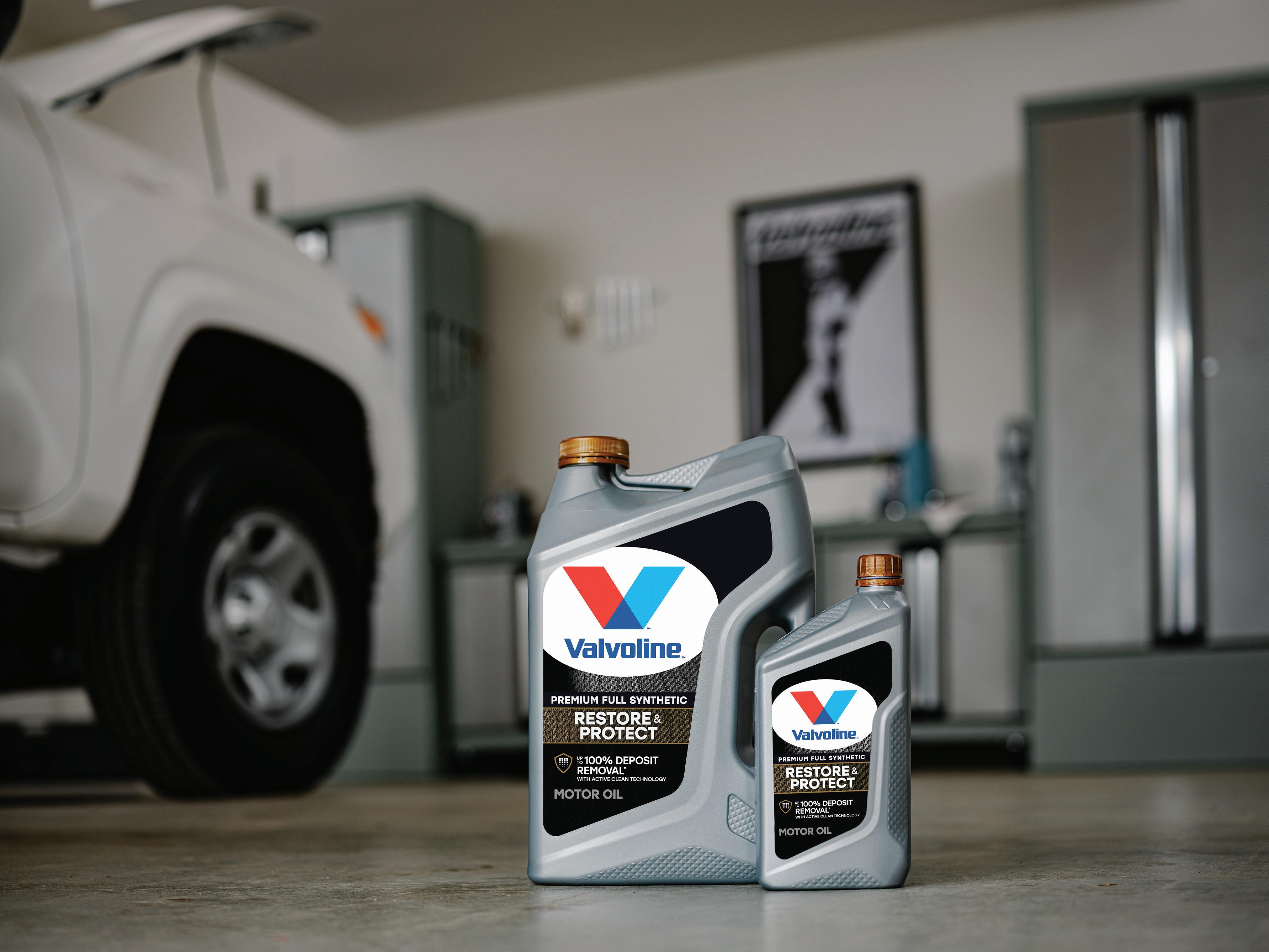
Valuing and respecting people by seeking a ‘win’ for all is a better long-term resolution than if only one person in the situation gets their way

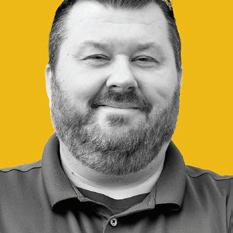

Adam Tatum is director of operations for the Virginia Group, a Jiffy Lube franchisee with 11 locations. He has over a decade of experience in the industry with a proven track record of building customer counts and sales, as well as using innovative ways to bring a new look to the automotive field for both the customer and the employee. Performance comes from growing your business through people.
HOW MANY OF YOU HAVE HAD TO MANAGE a disagreement with employees or customers? All of us, right? We work in shops, and we are around each other more than we’re around our friends most days. How many of you have had an employee that just is not listening or buying into the image that your shop needs? How do you navigate that when it arises? In the fourth installment of 7 Habits of an Effective Lube Manager, we will discuss how you can start to think win-win in these decisions.
If we look at what “7 Habits of Highly Effective People,” the inspiration for our list, says, it explains that we need to seek mutually beneficial win–win solutions or agreements in our relationships. Valuing and respecting people by seeking a “win” for all is a better long-term resolution than if only one person in the situation gets their way. Thinking win–win is not about being nice, nor is it a quick-fix technique; it is a character-based code for human interaction and collaboration. So, I will go over some scenarios that you might see from time to time and then use this philosophy to create a win-win situation.
The most likely scenario that you might come across is a disagreement between two employees. The best way to defuse the situation is what I like to call the “dumpster talk,” where you take the employee or employees out of the shop and try and calm the situation and get them back in the right mindset. Sometimes, these take time, and you find out that there was just a communication issue or misunderstanding. In some of these cases, it can still lead to one of them continuing to feel a little out of sorts. Using this principle, find a common goal or ground for them to agree on. If they both feel as if their voice has been heard, they are more likely to agree to your solution. You, as the manager, need to find a way to bridge the gap between the disagreeing parties
and bring them back together to take care of what matters—the customer. For example: “Hey, how about you mop the shop floor this time, and Johnny, you can mop it next, regardless of who did it last. Then next time you can do it together and neither one of you is doing it more than the other. Deal?”
A harder navigation for you will be an issue with a customer. Customers are your lifeblood, but they are not always right in everything that they say or do. I know of a big issue that virtually all shops have encountered: the online coupon found with a Google search. The problem arises when a customer did not read the fine print that states your franchise or area is not doing this coupon. I almost guarantee you that half of your advisors will point that out and have the customer just standing there wondering what to do.
How do you get a win-win when the customer has come to you for a discount, and you do not honor that particular one? Try this: “I am sorry, ma’am, that is not one of our coupons and that code is not in our system. This one appears to be for (another market). However, let me find a similar coupon code that we do have and see if we can get close to matching what you found online. Is that OK?” Just like that, you have found a way to close the mistake to a positive ending. You likely have a happy customer who will return to you in the future.
This was honestly the hardest of the habits to convert to what we do daily. We are not always going to be able to find “win-win” situations. This one was more about slowing down our reactions to abnormal situations and making us think of an alternative solution. Next month, we will have a remarkably similar situation where we go over the fifth habit, seek first to understand, then to be understood
Slow down, think. Sounds like a good philosophy for leadership.
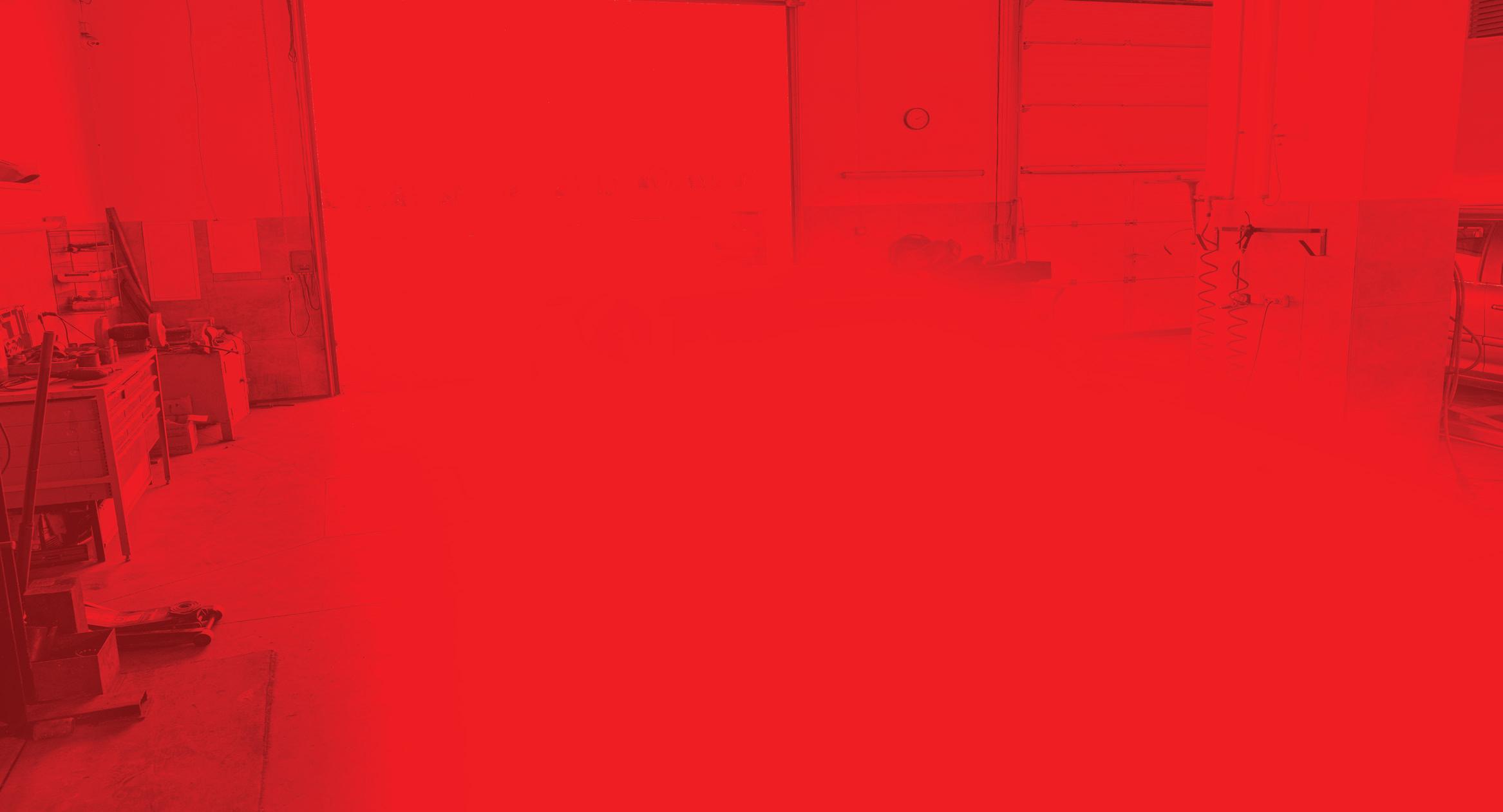












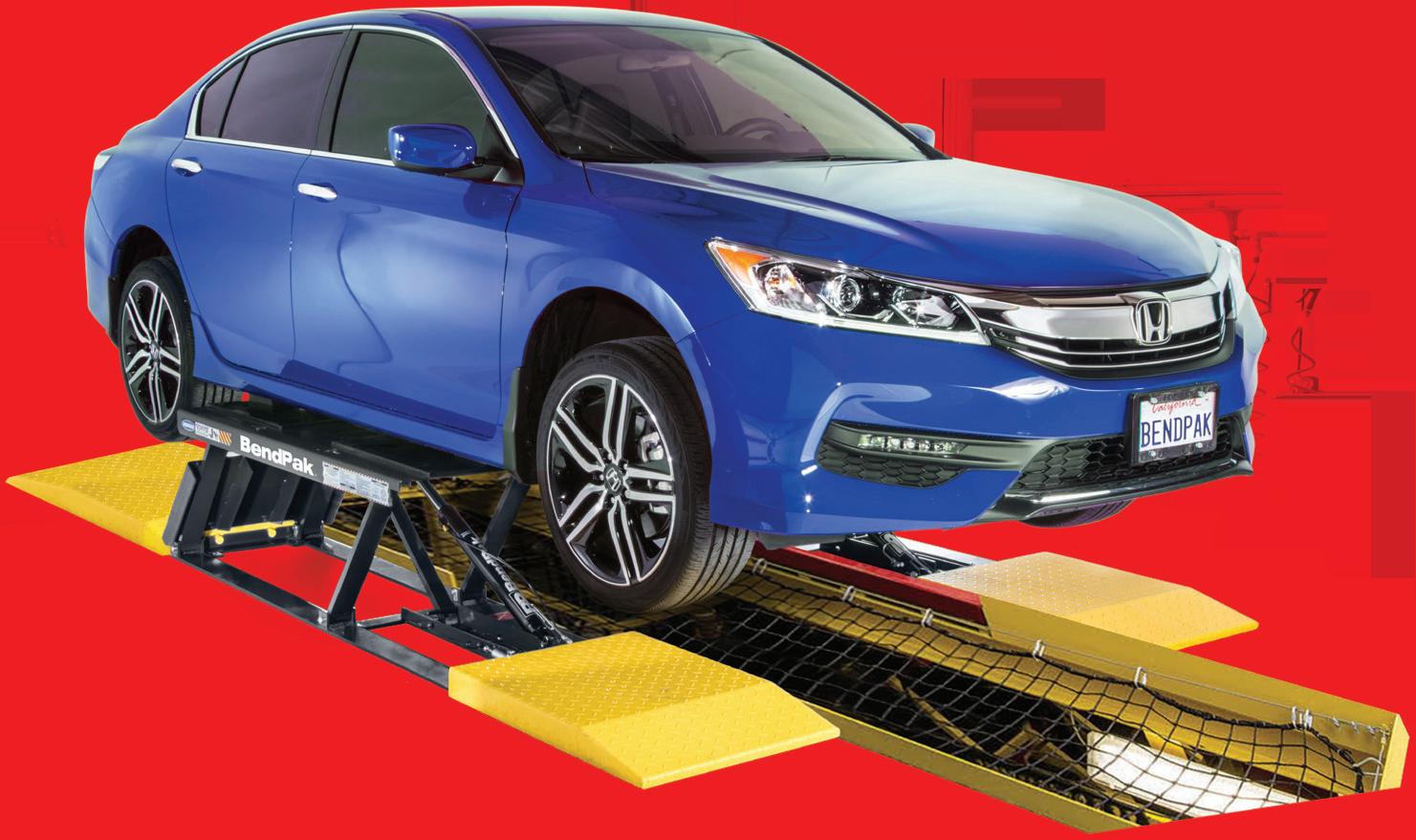


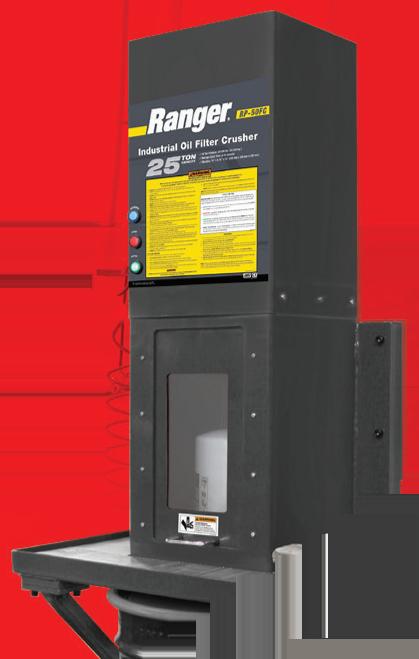


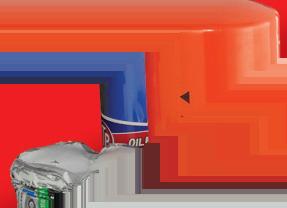

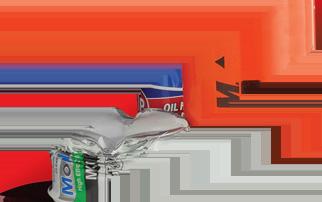

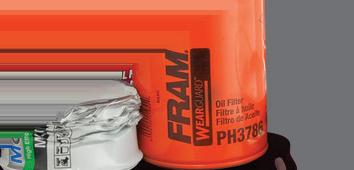
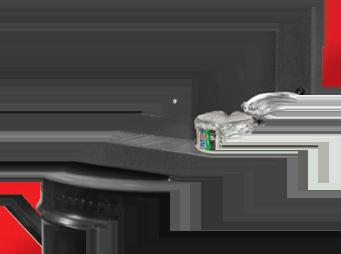

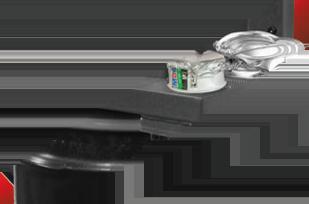
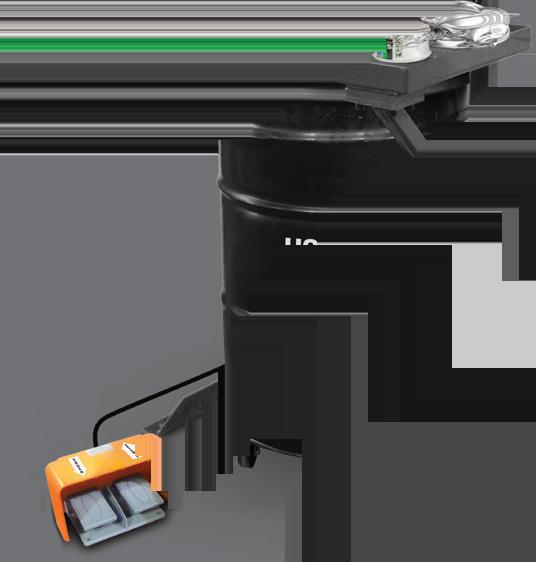






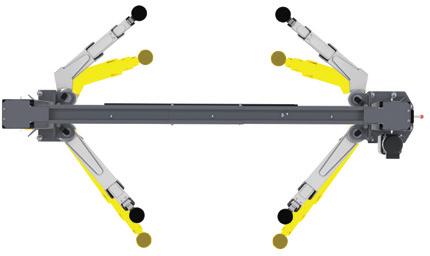
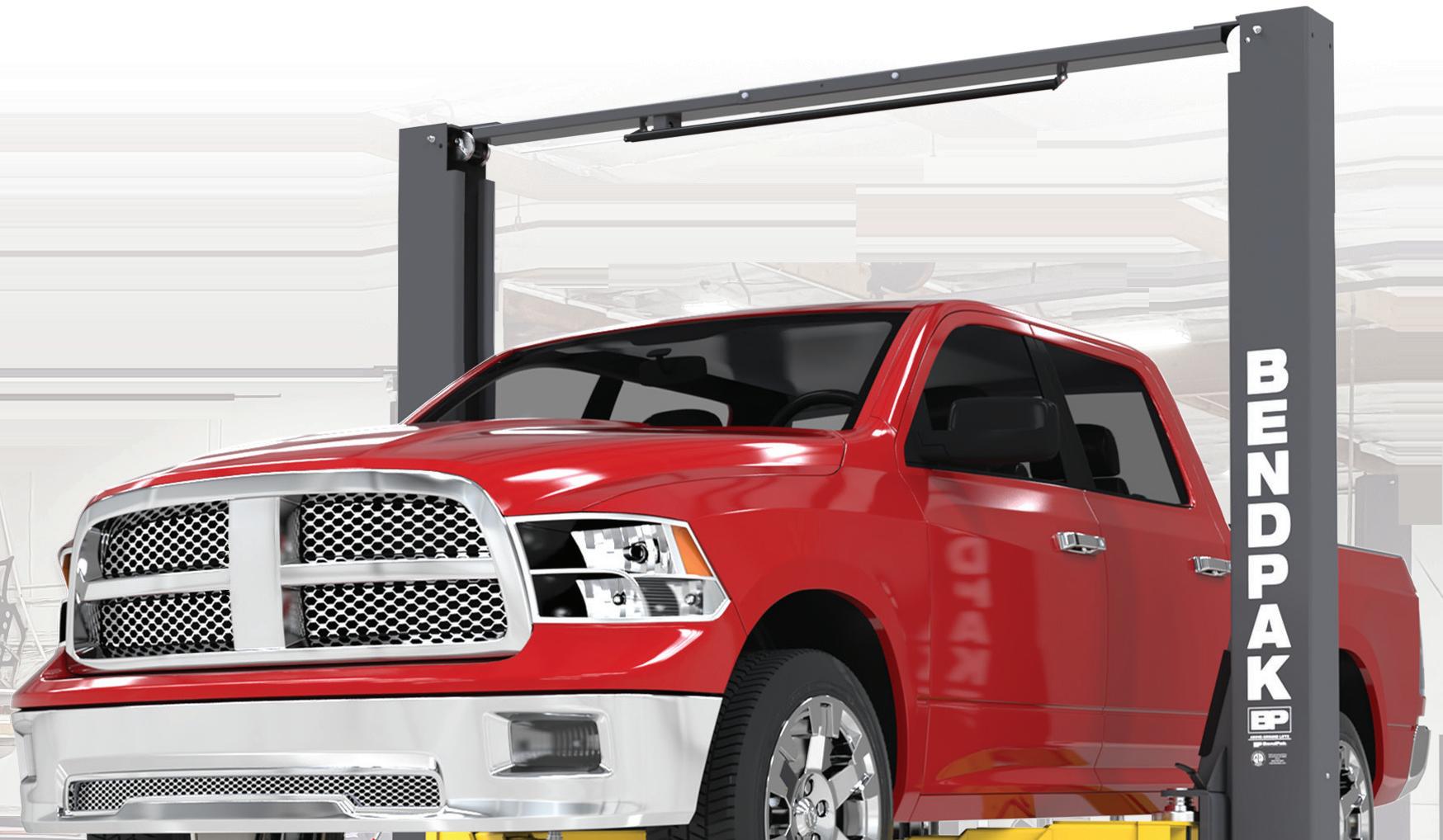


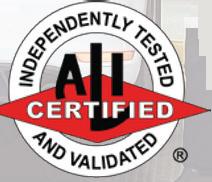















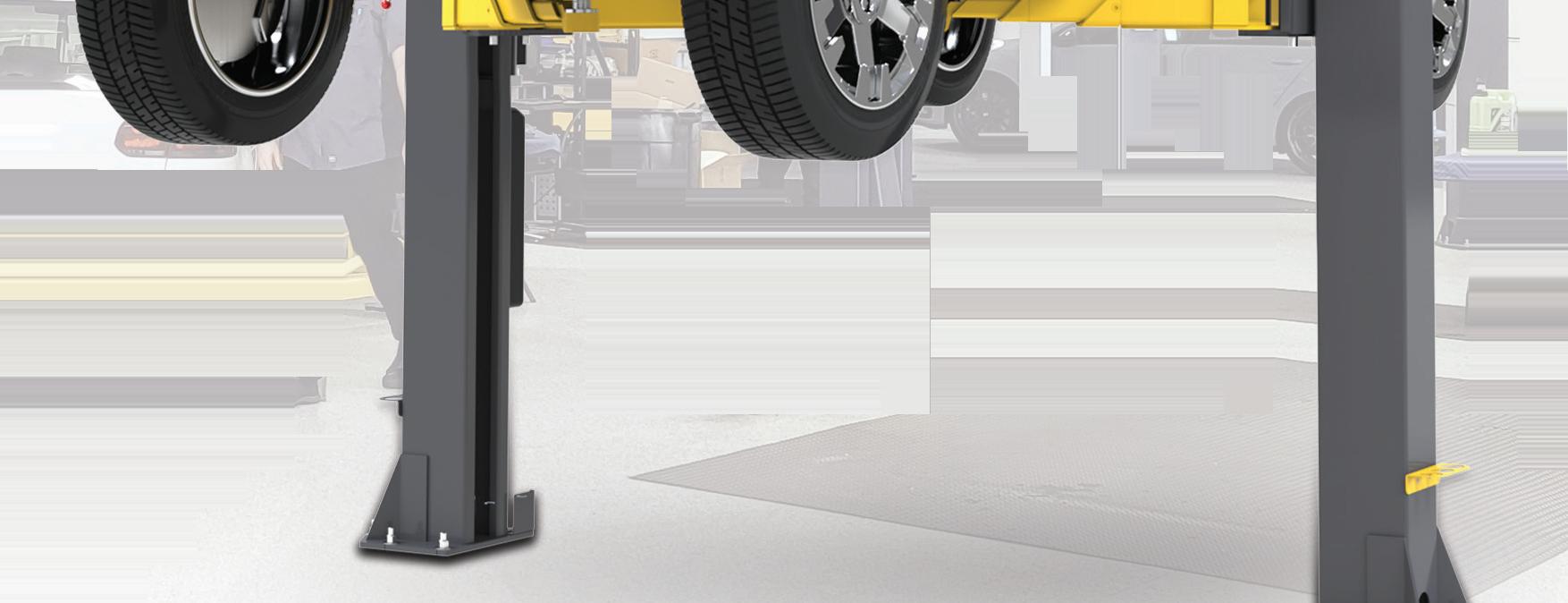






































Offer your customers what the competition can’t with Valvoline Restore & Protect™—the first motor oil to actively restore engines and protect against future damage. Talk with us

